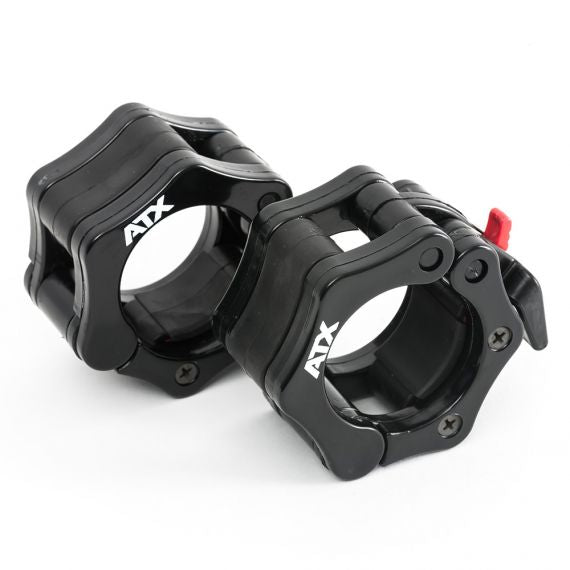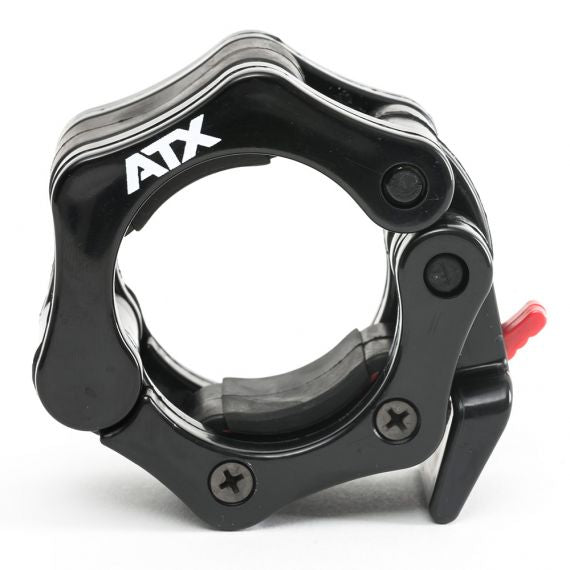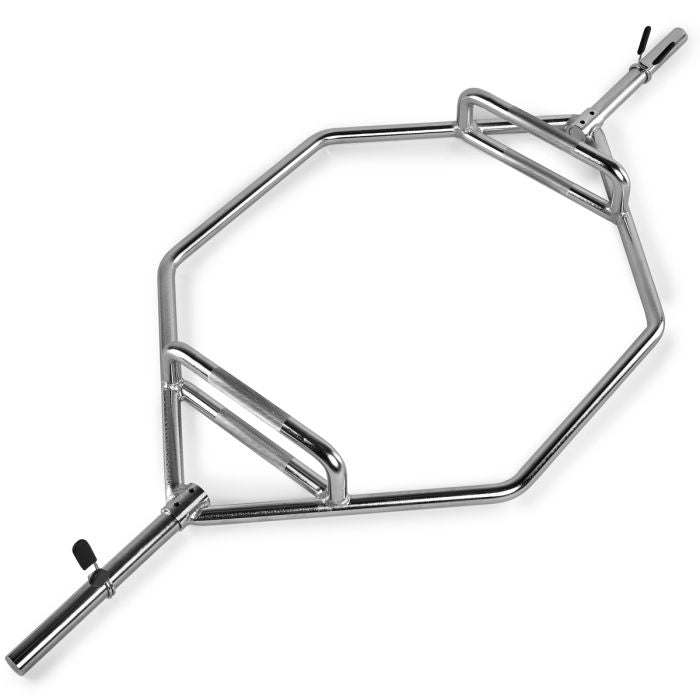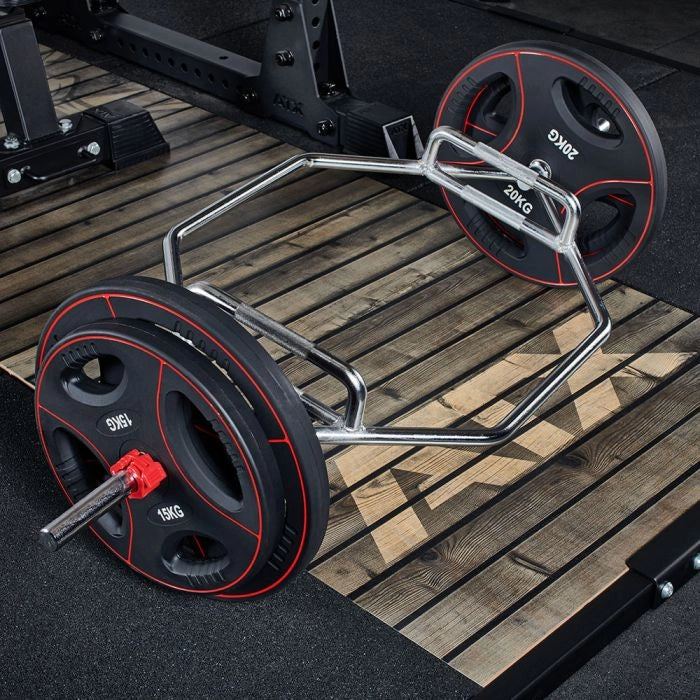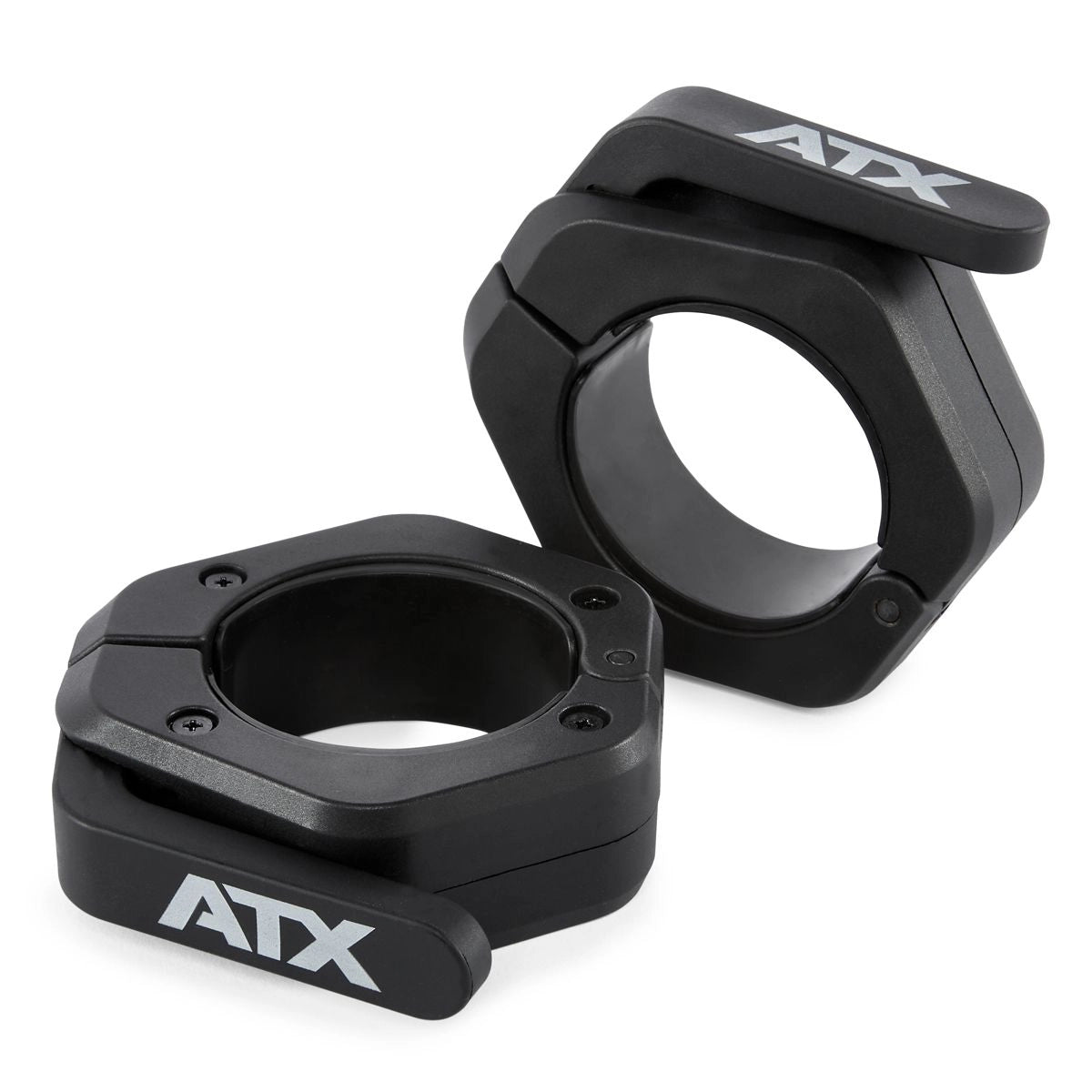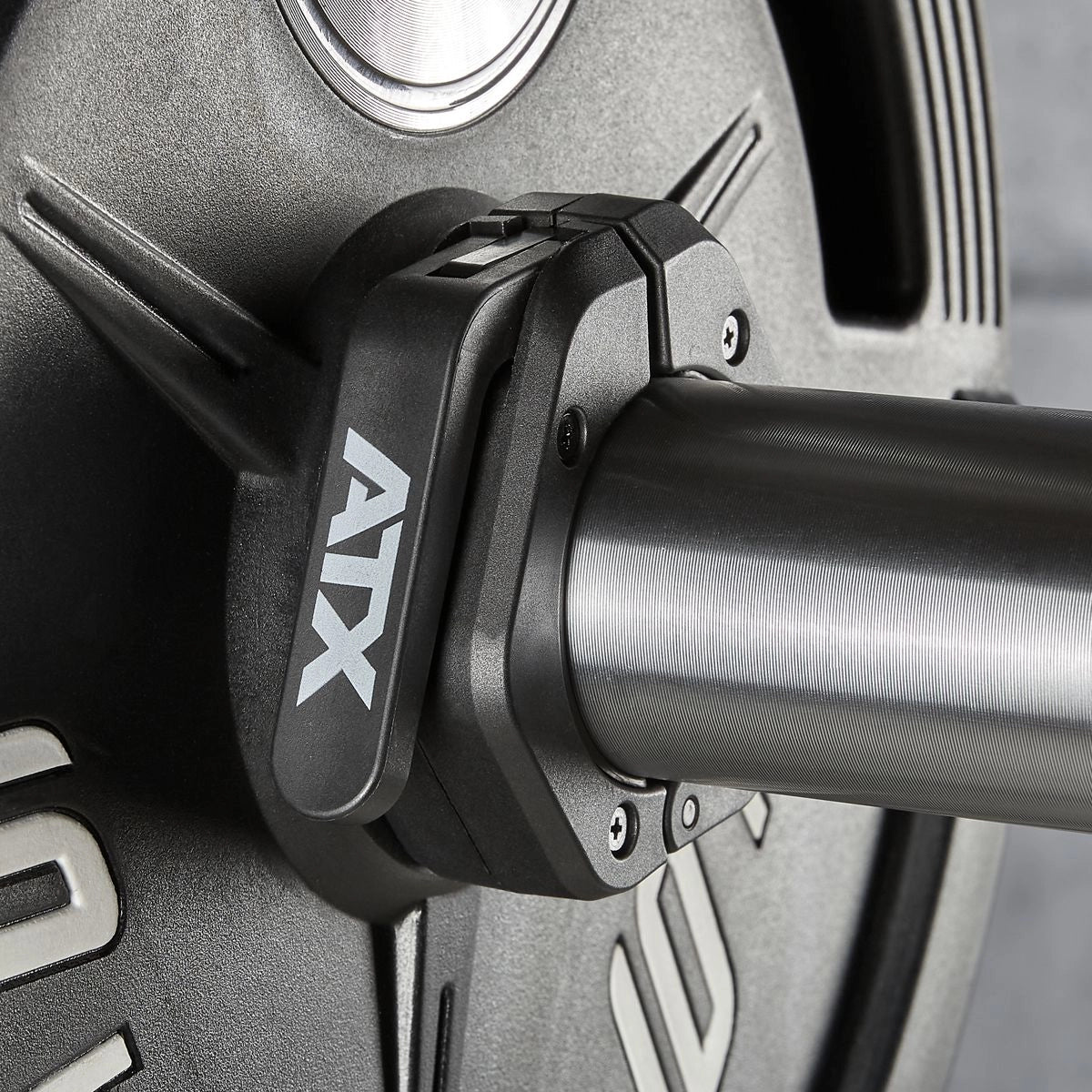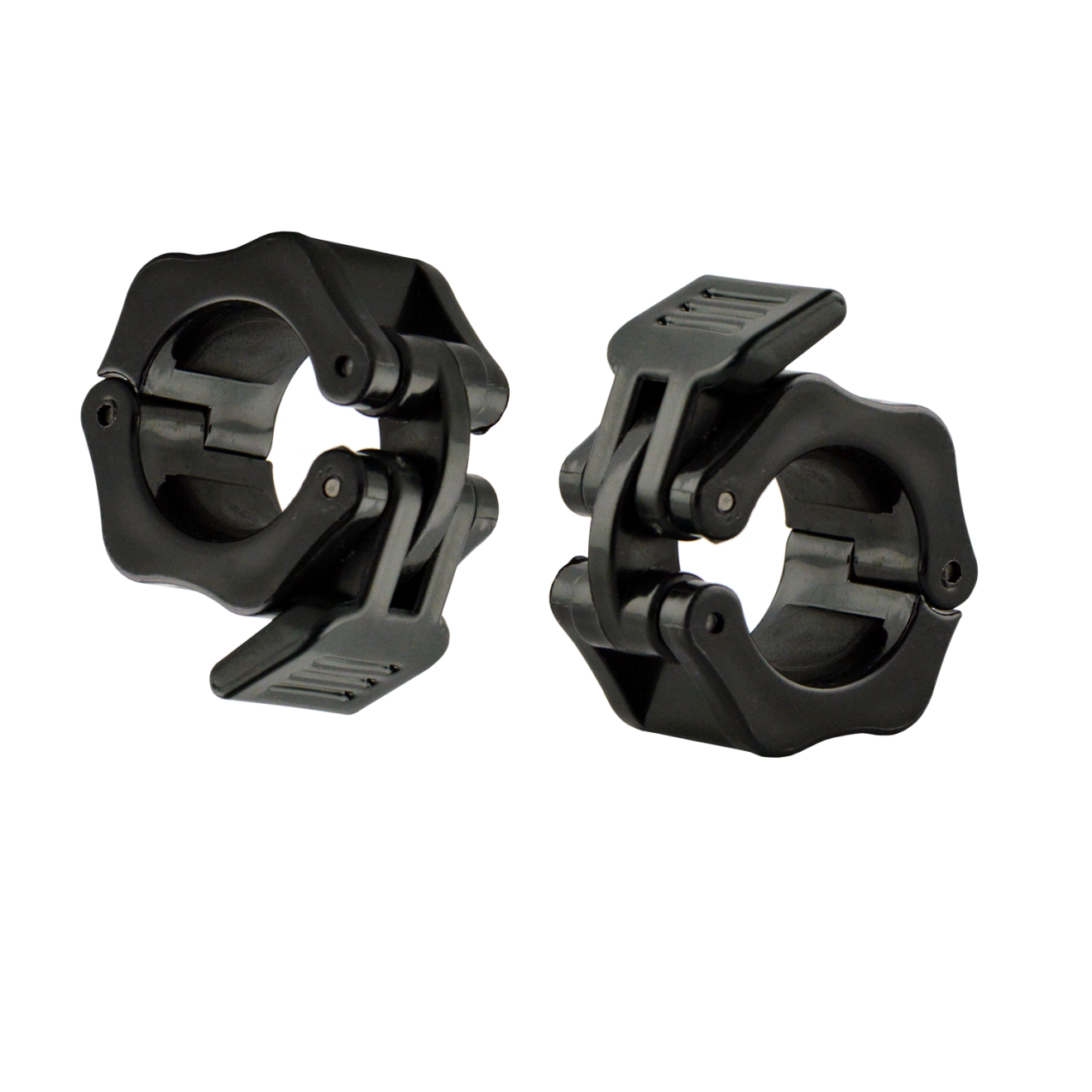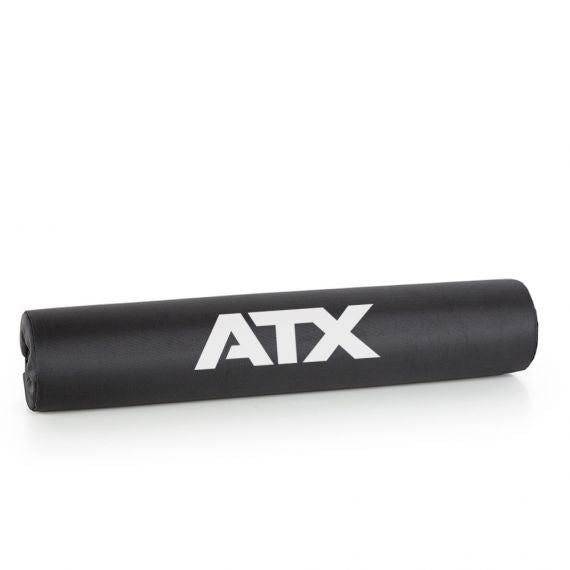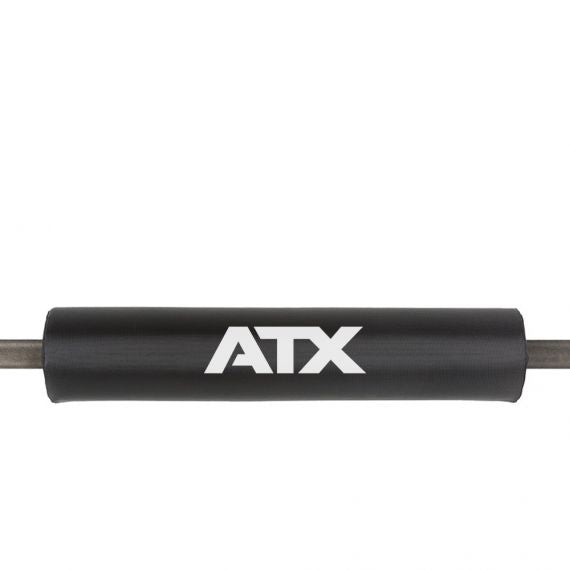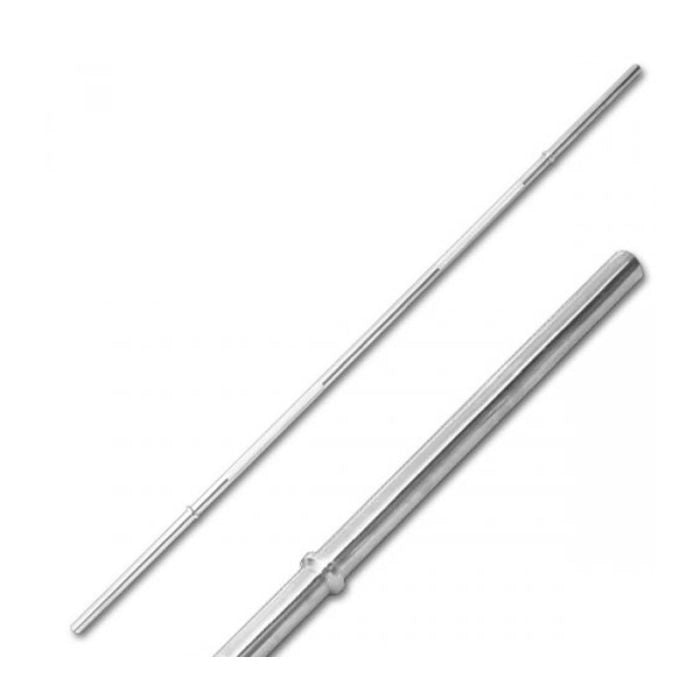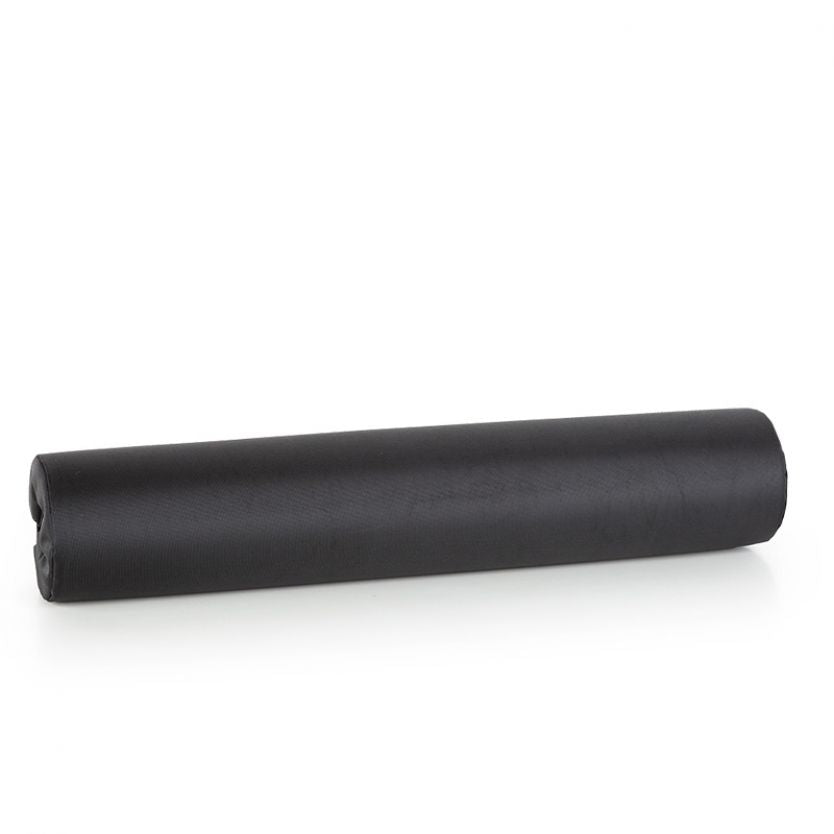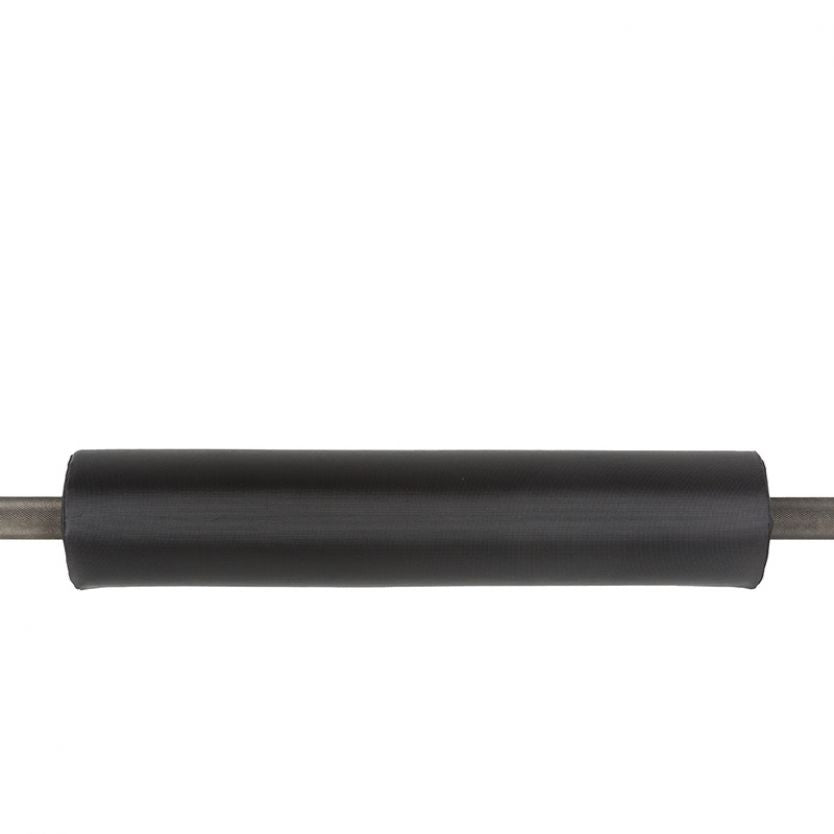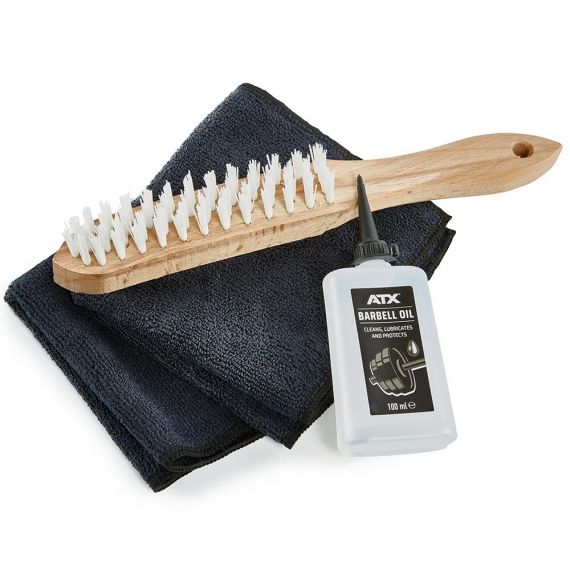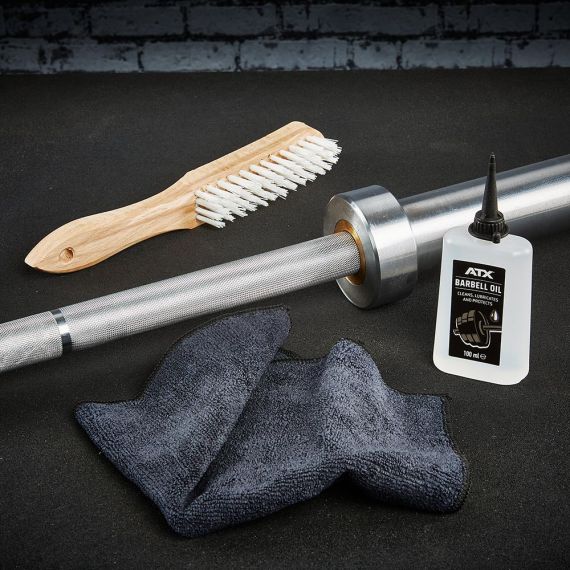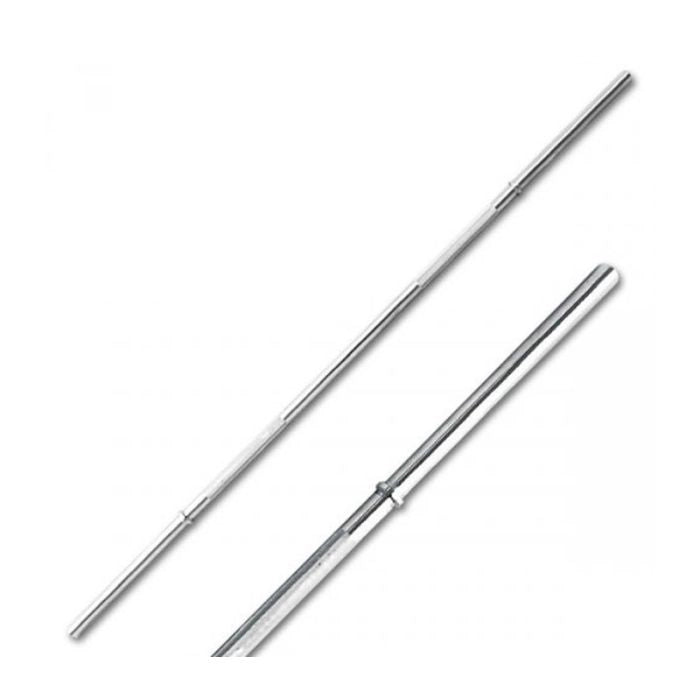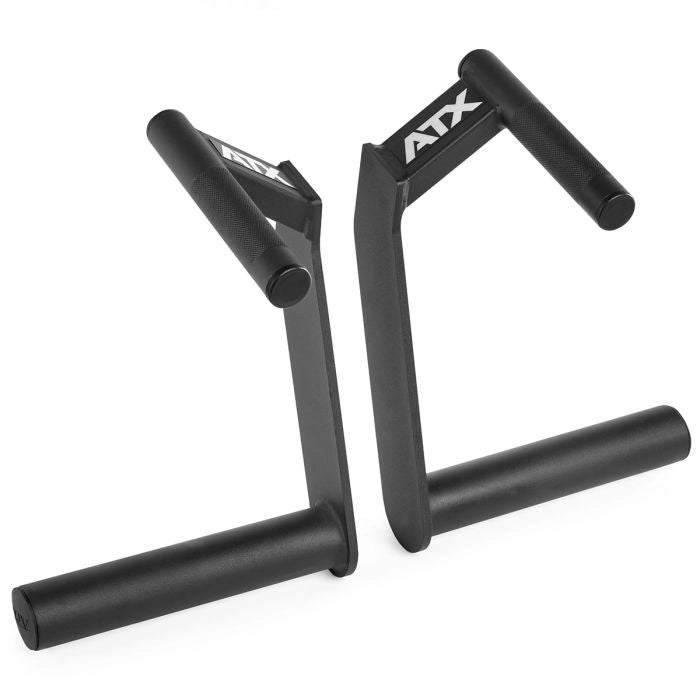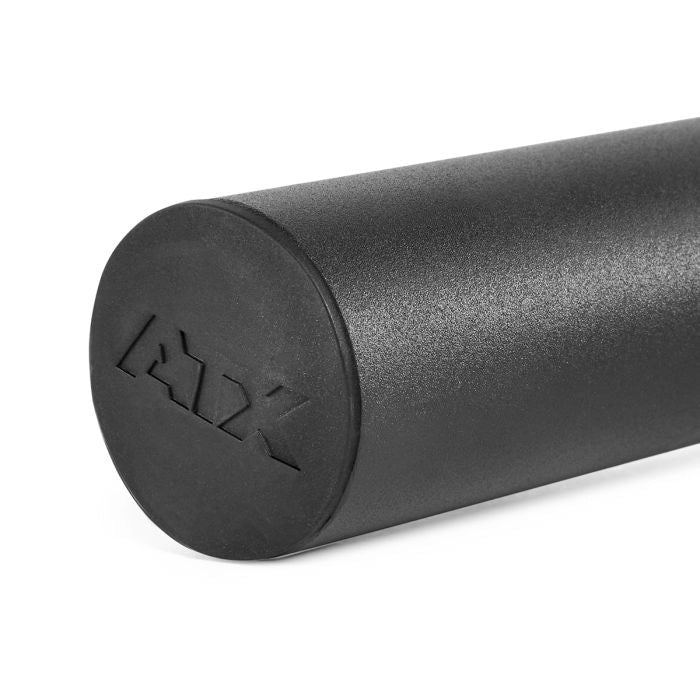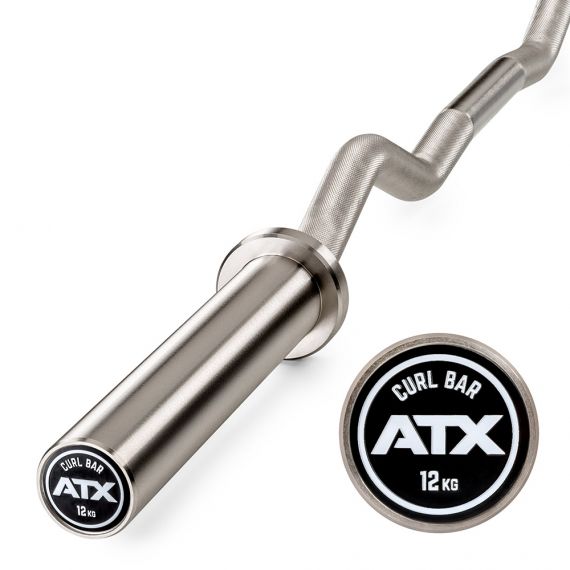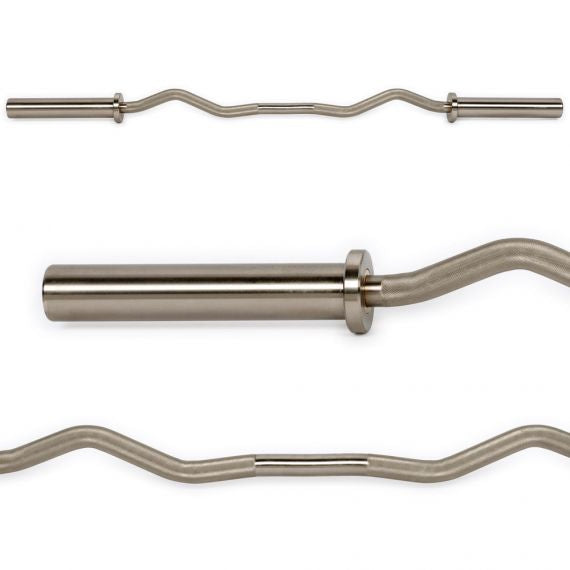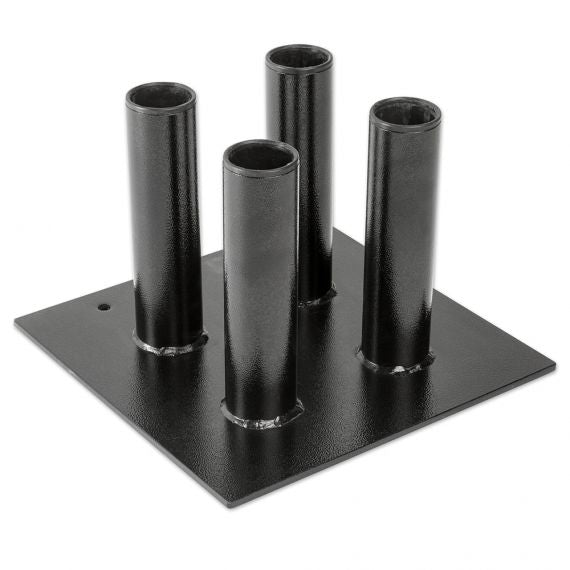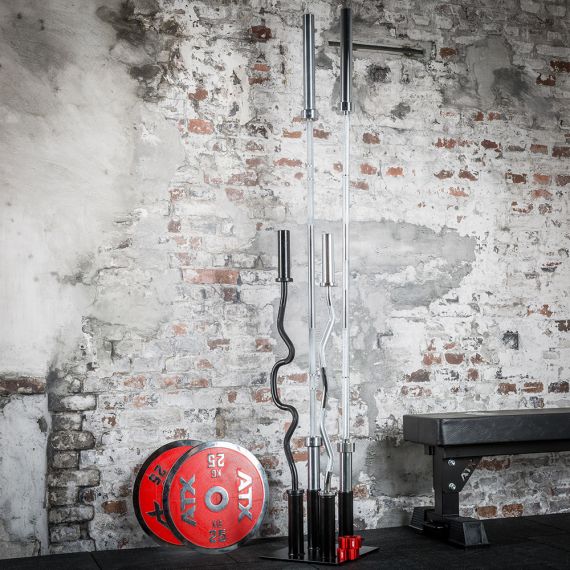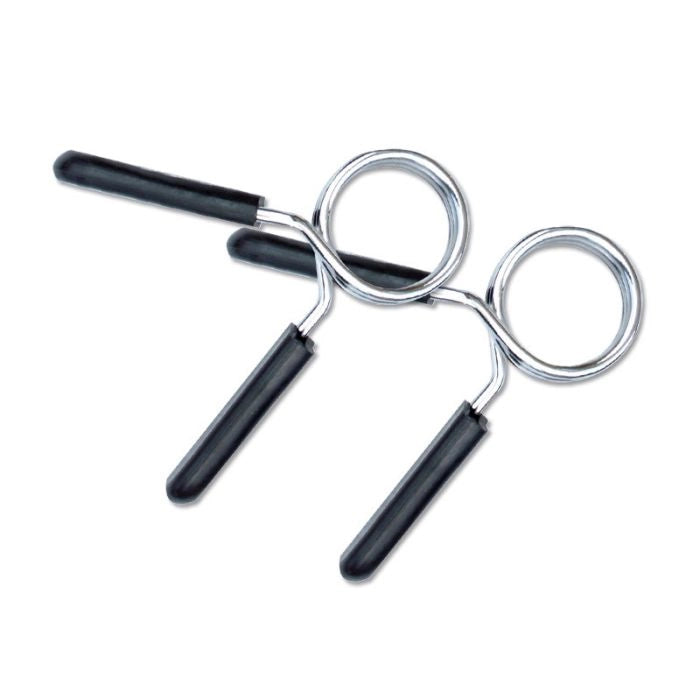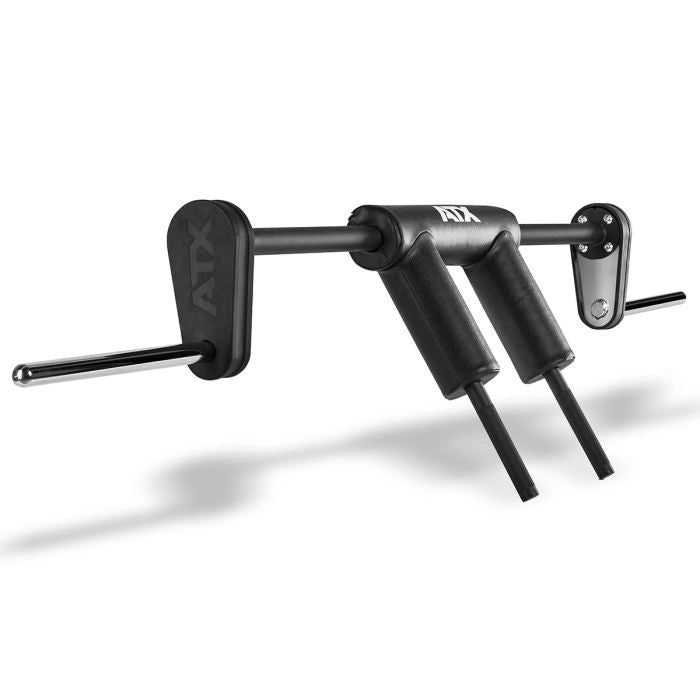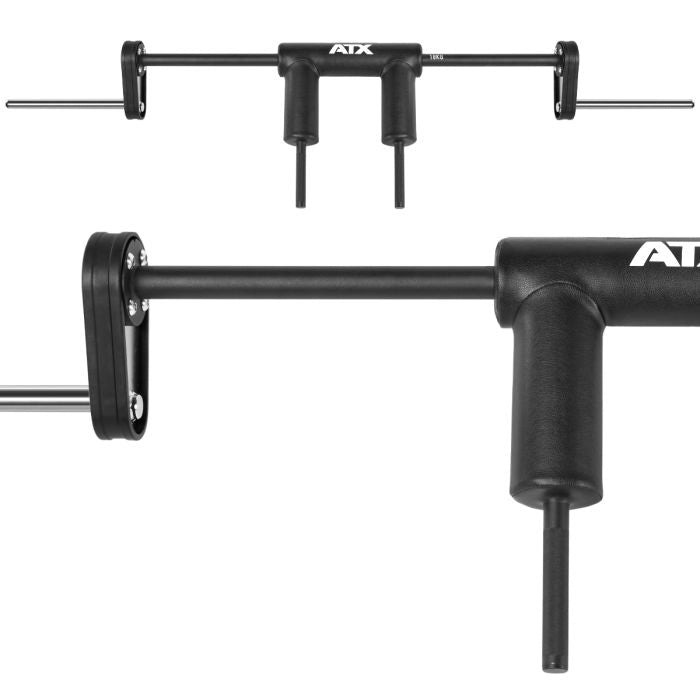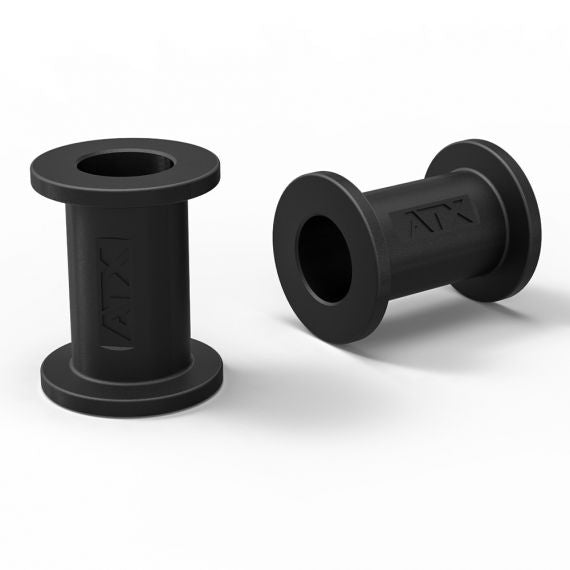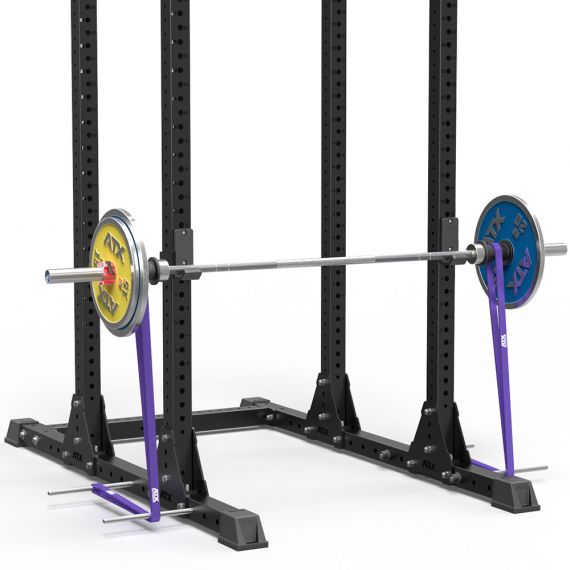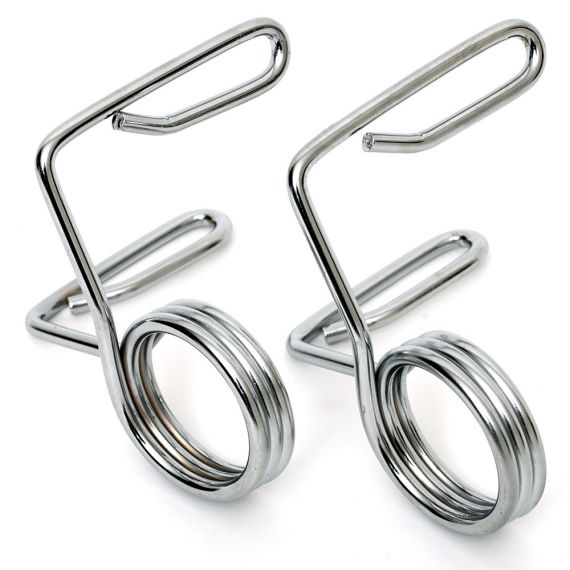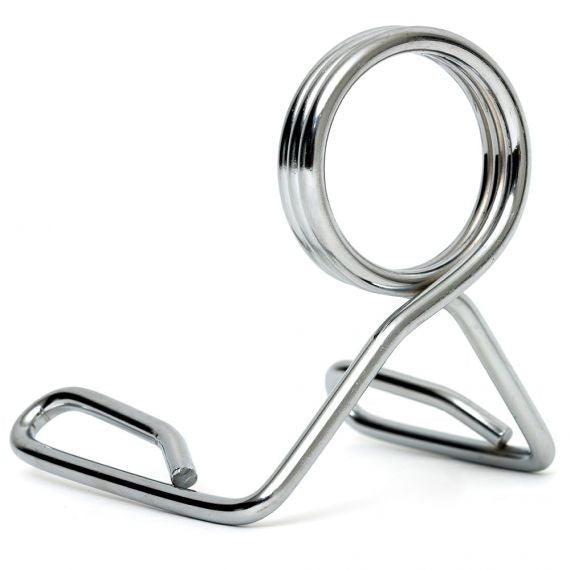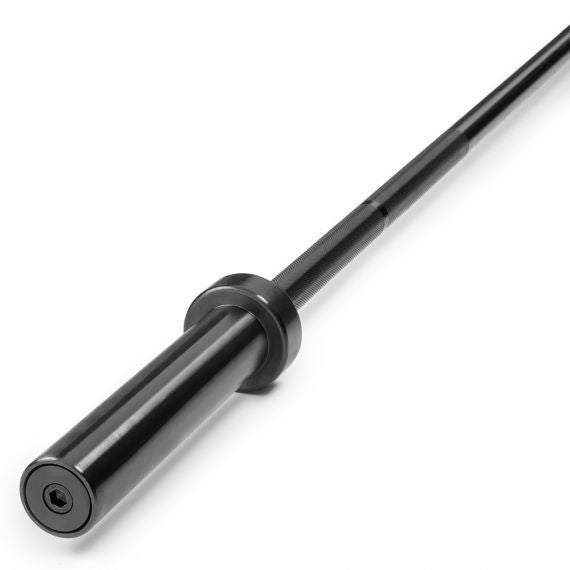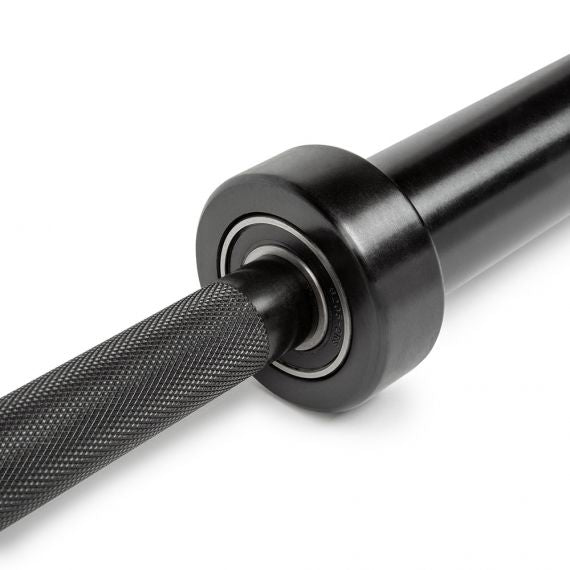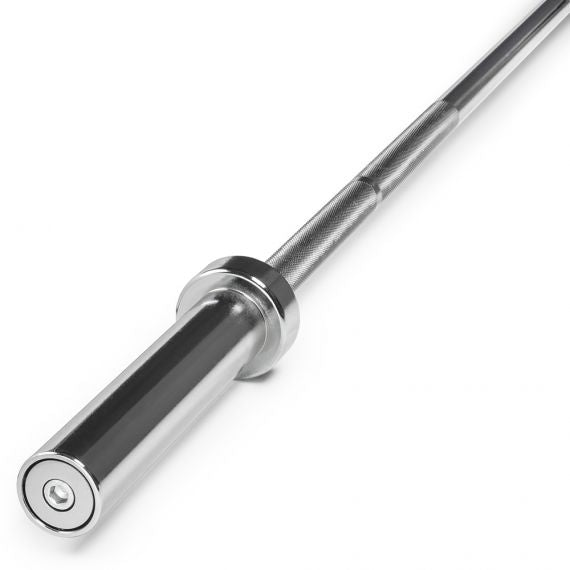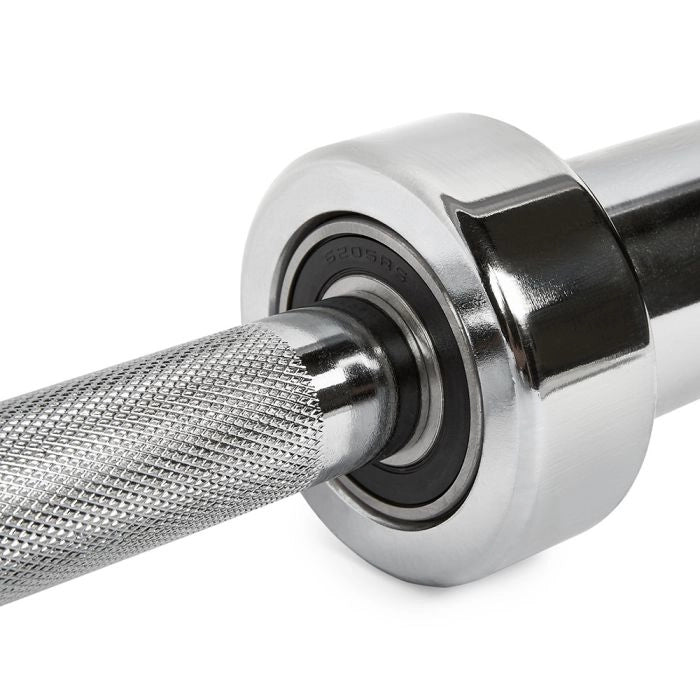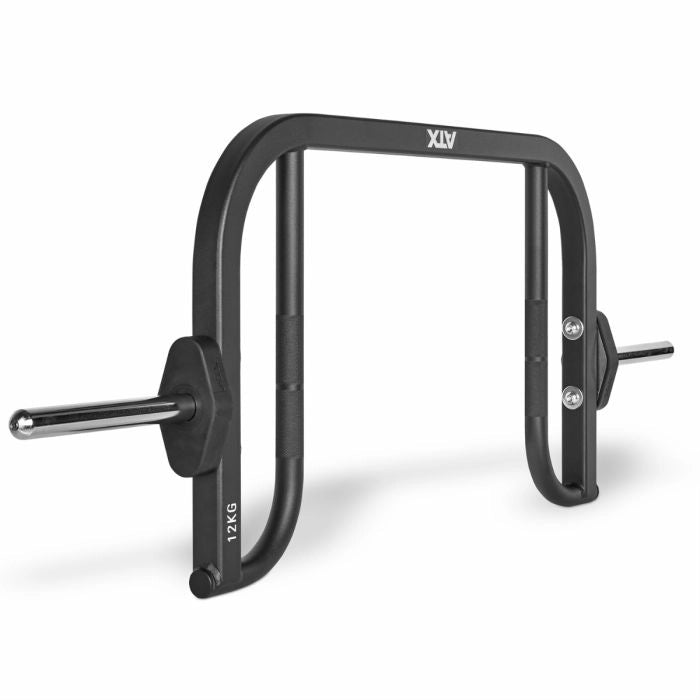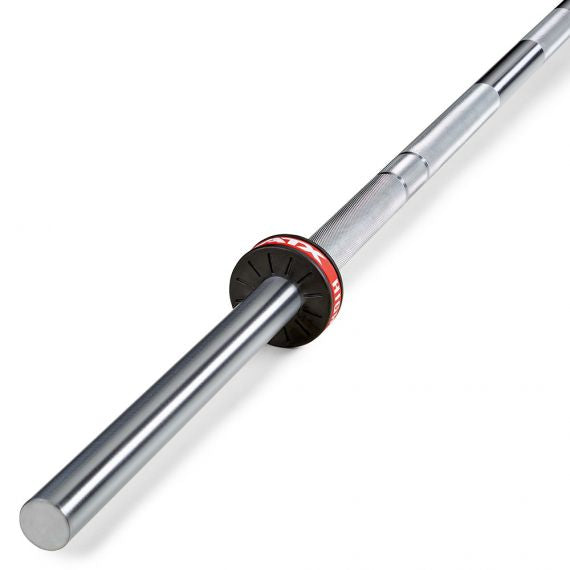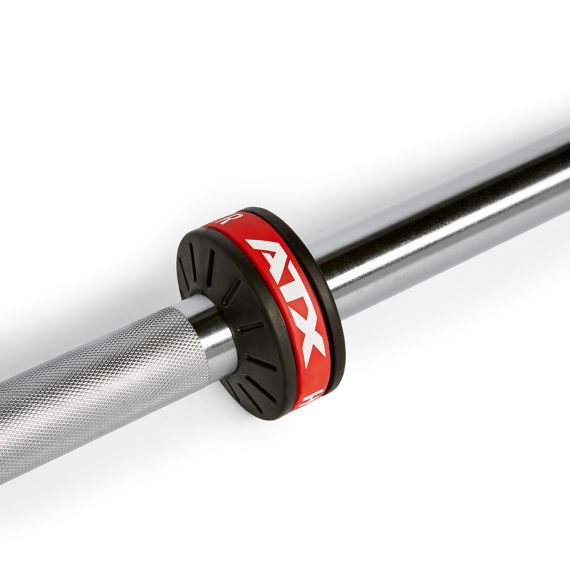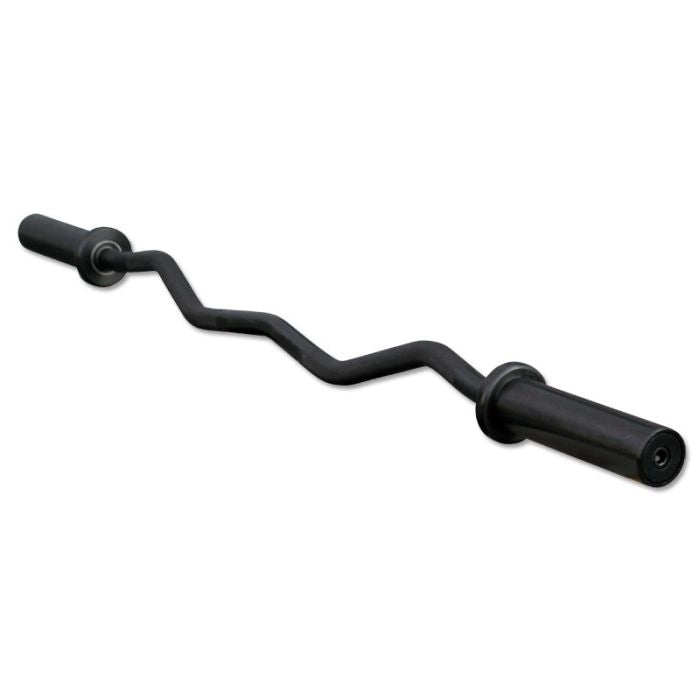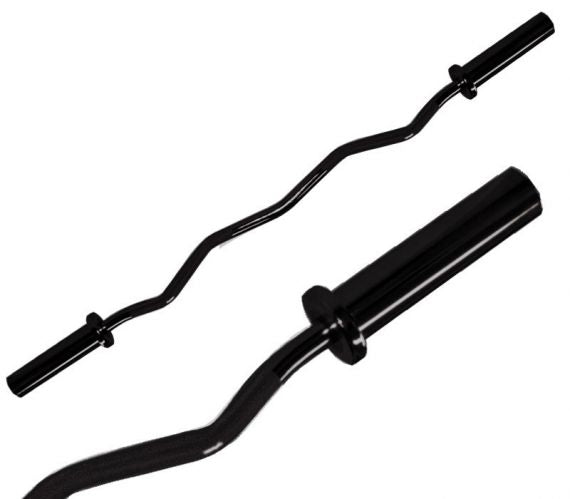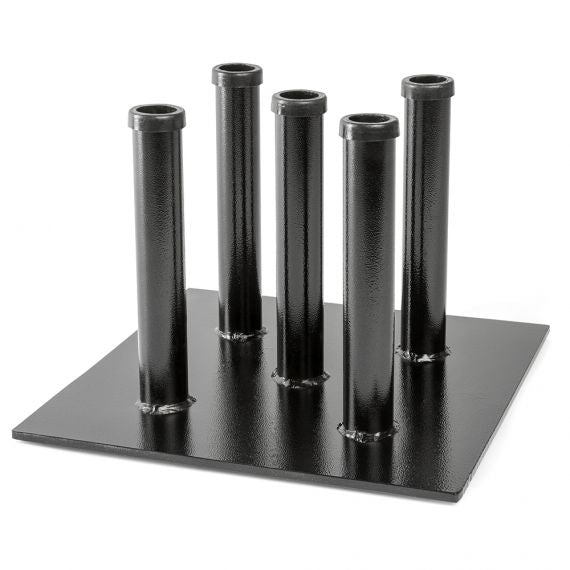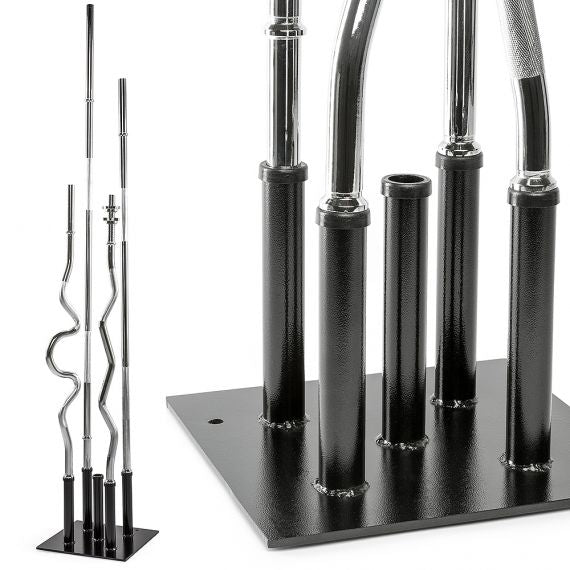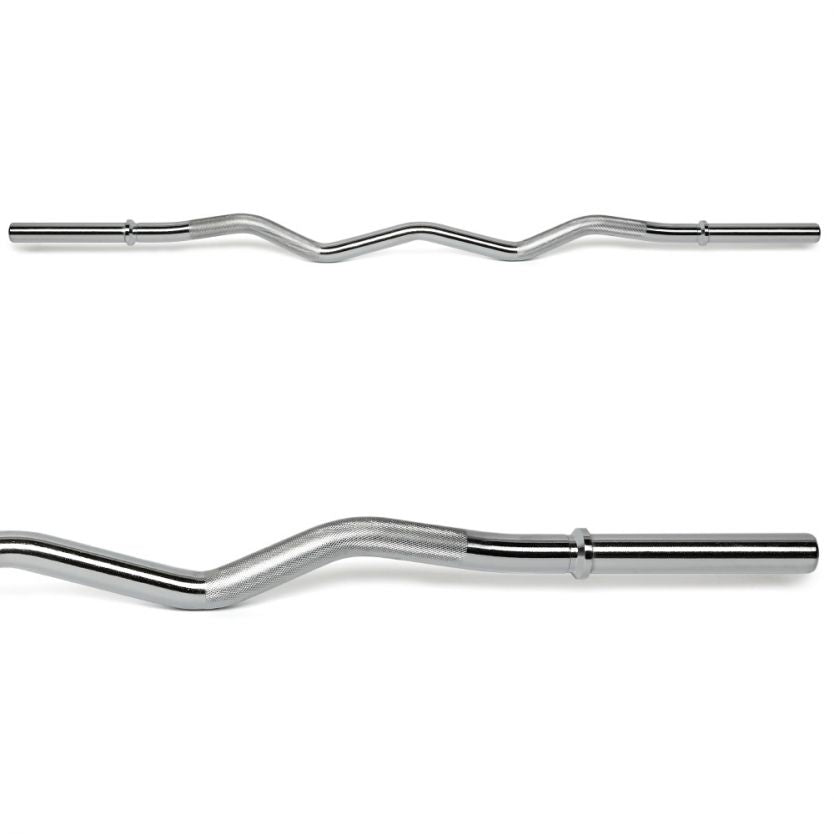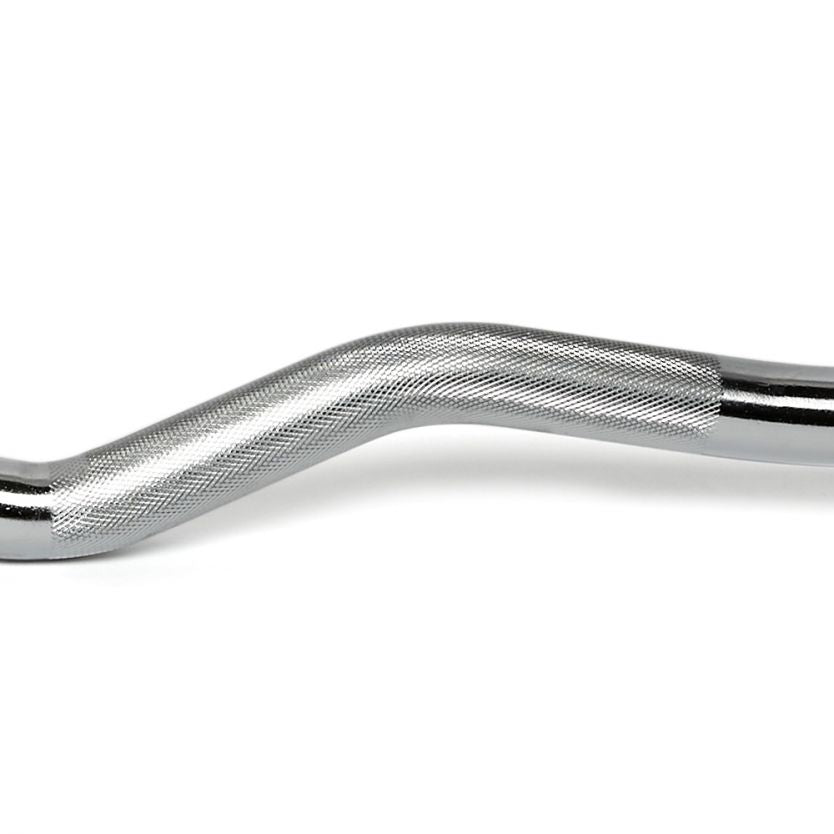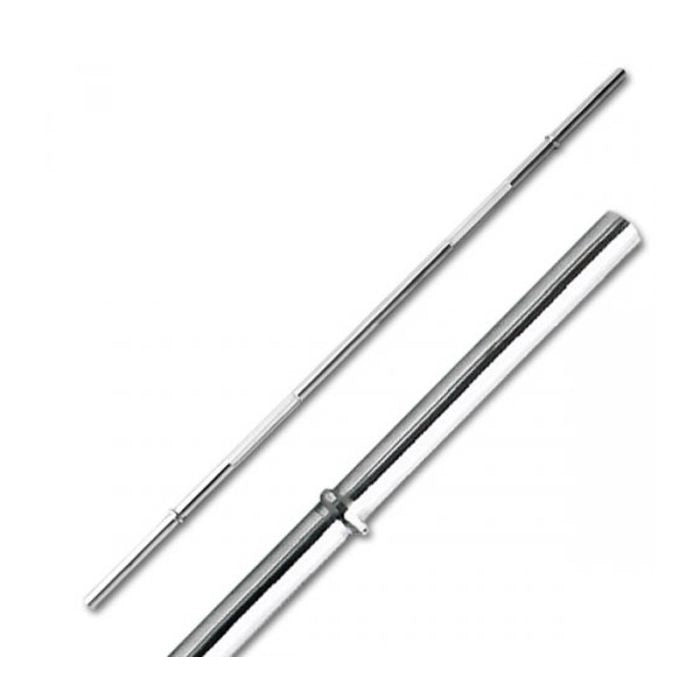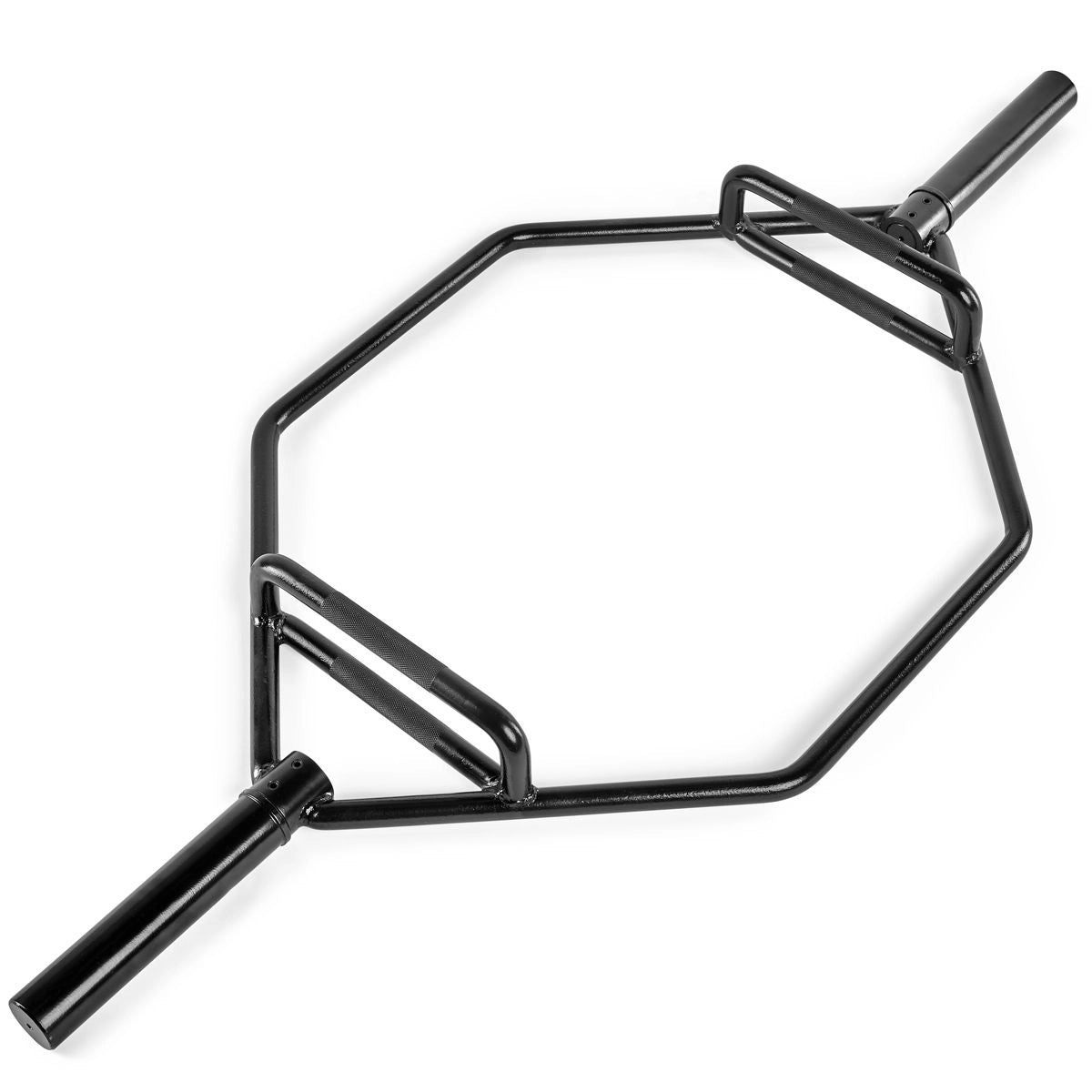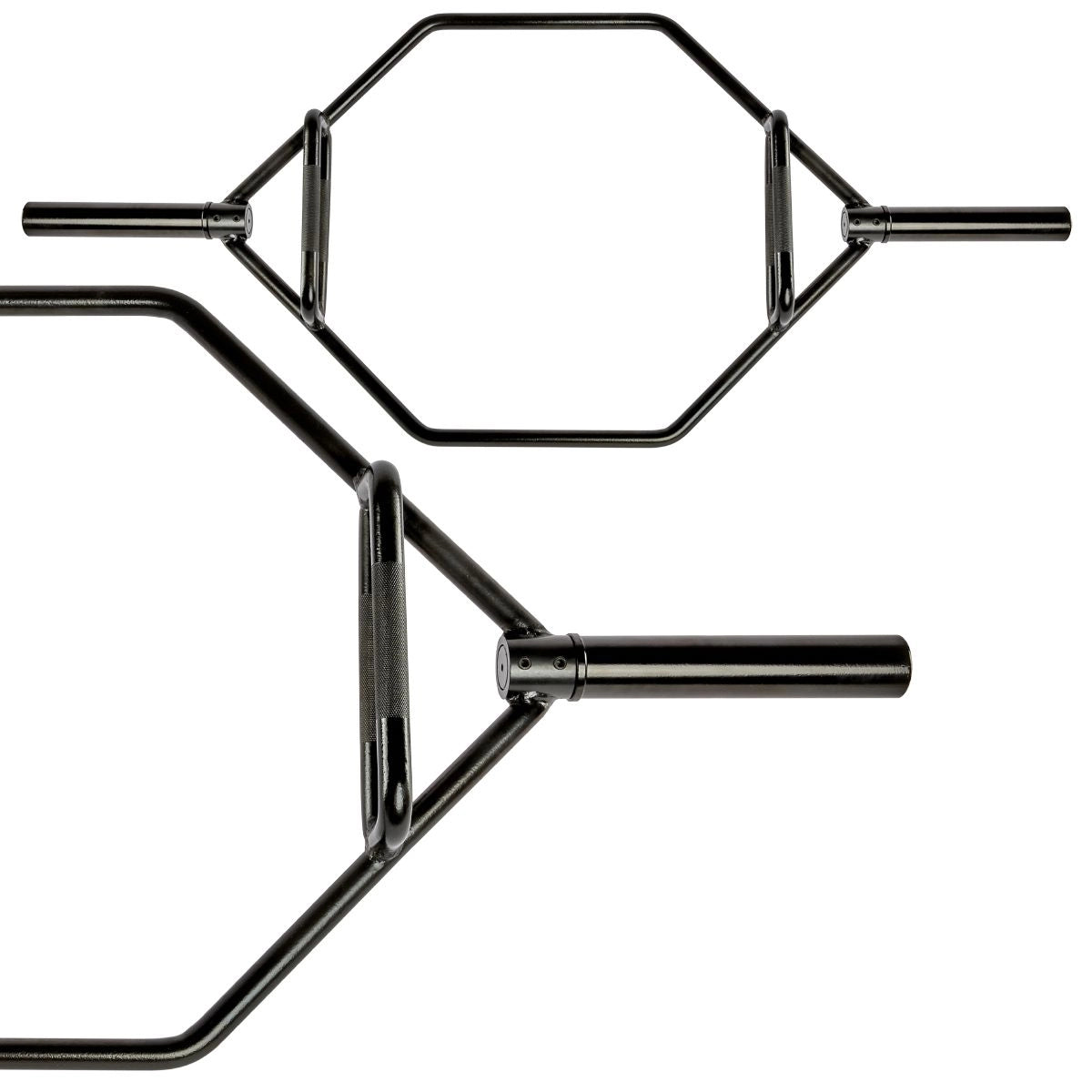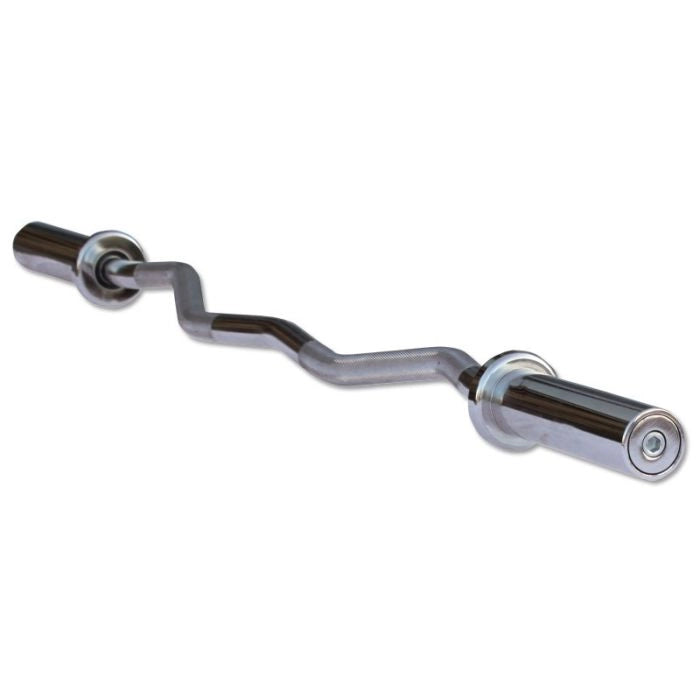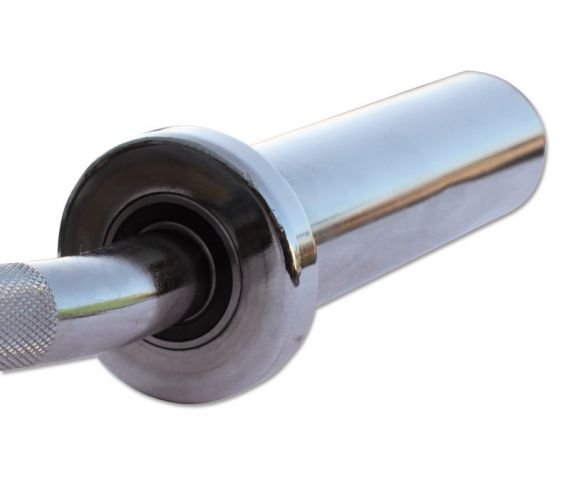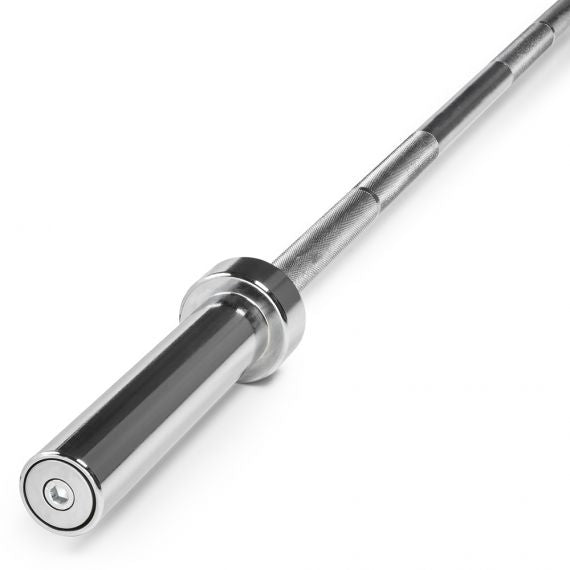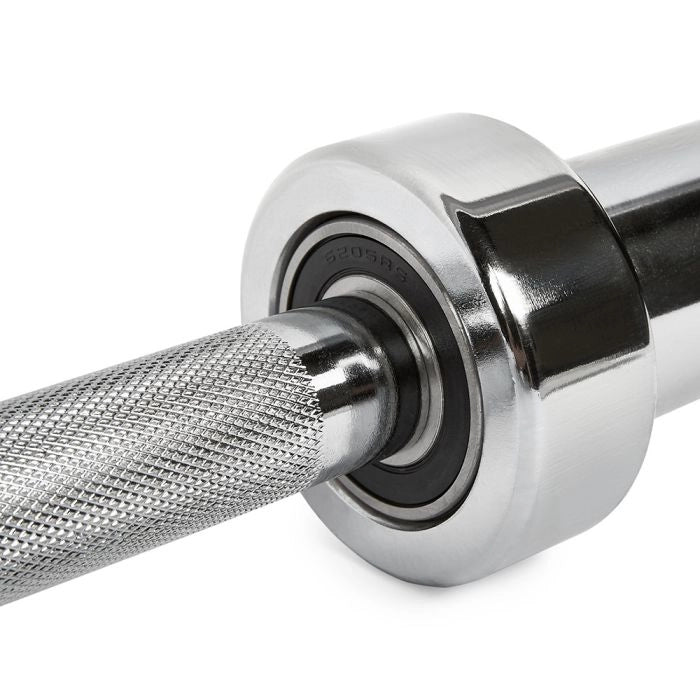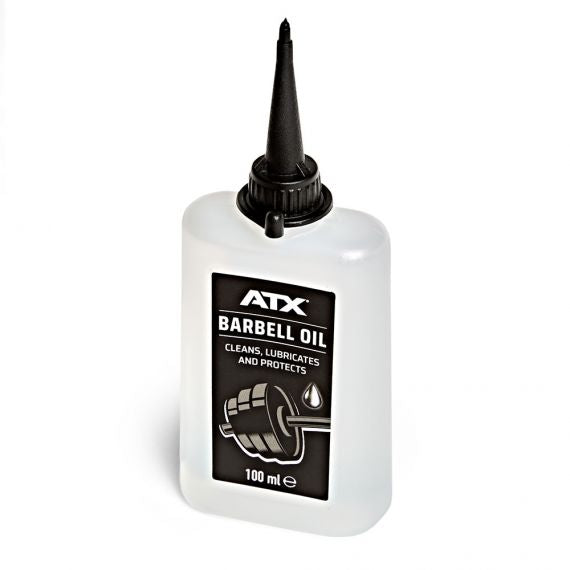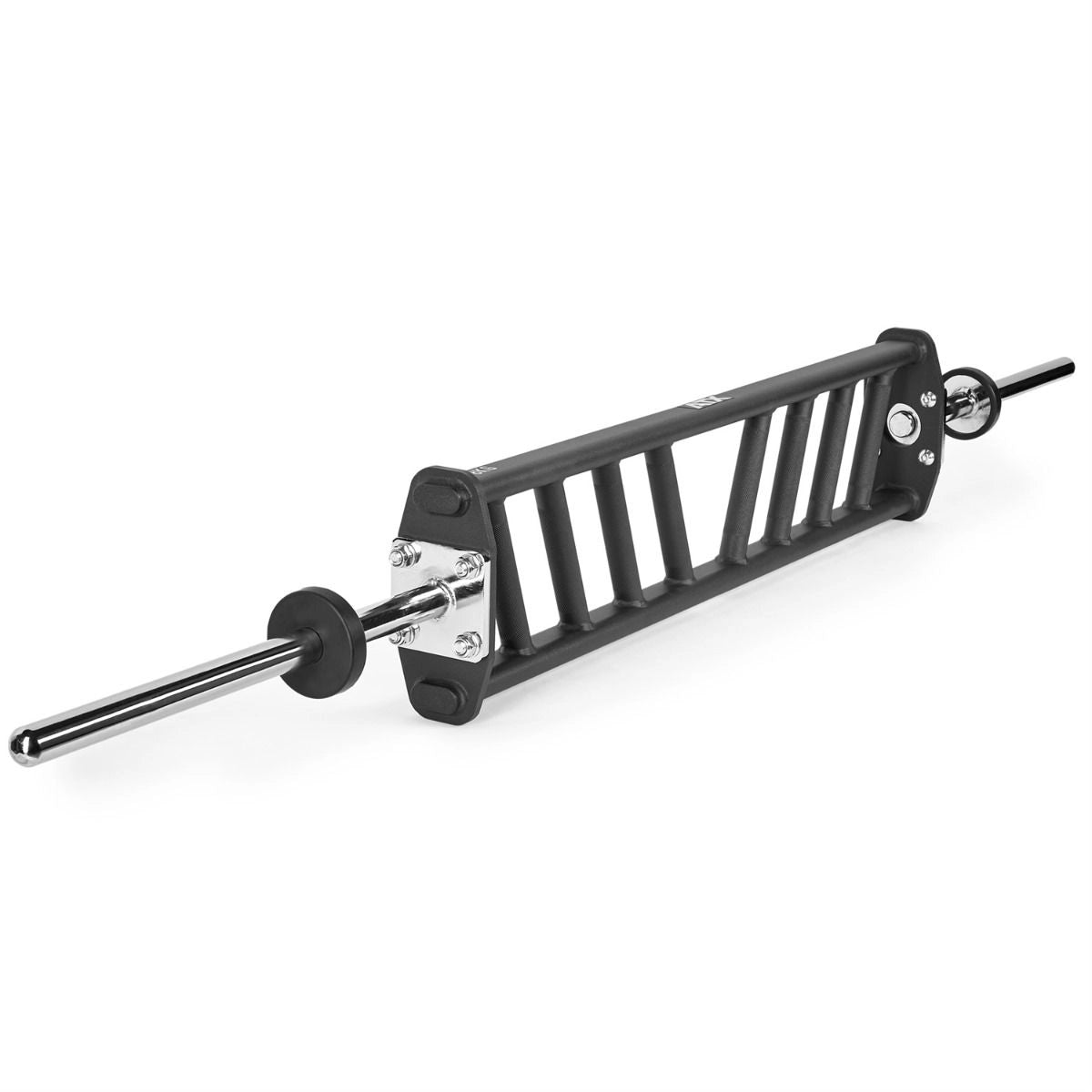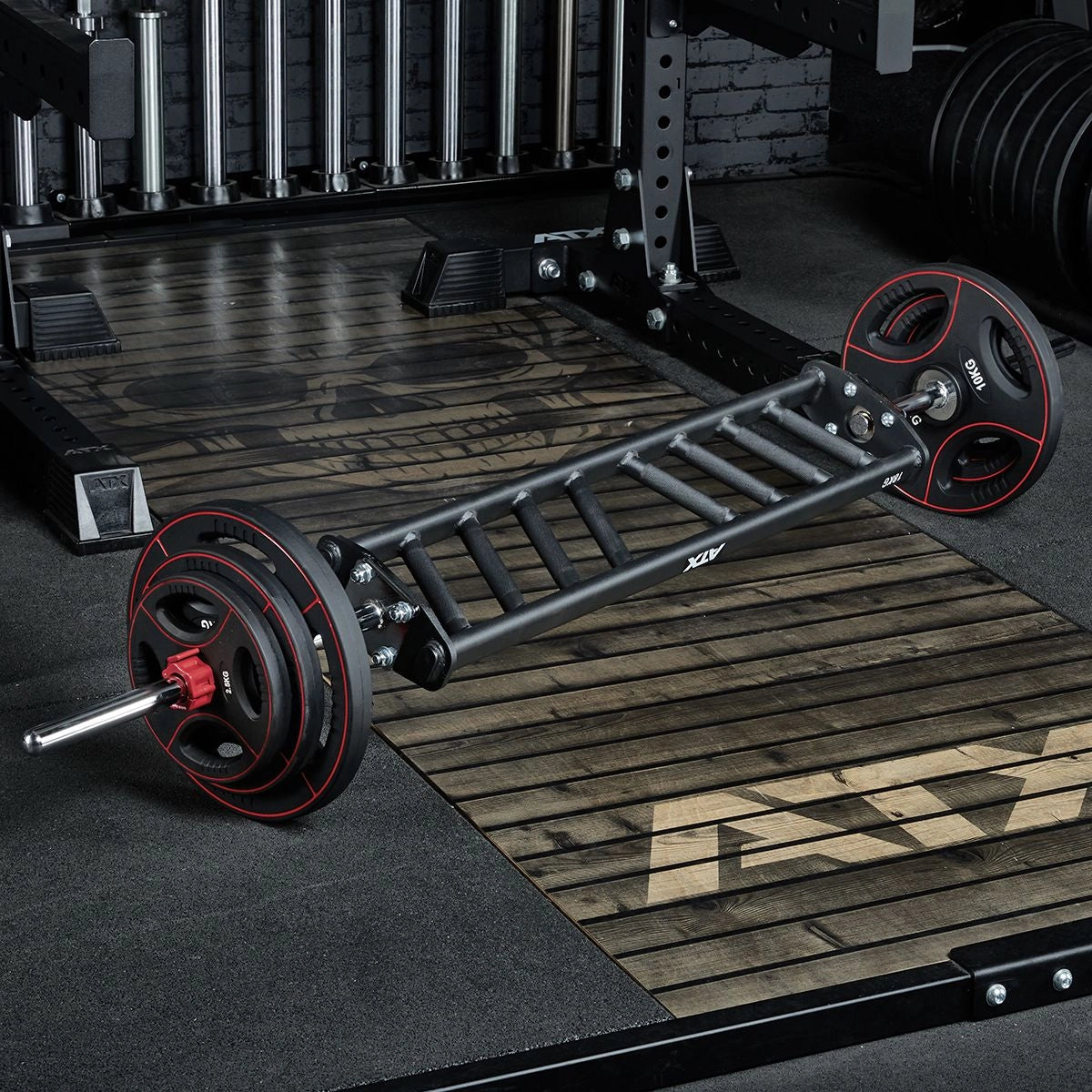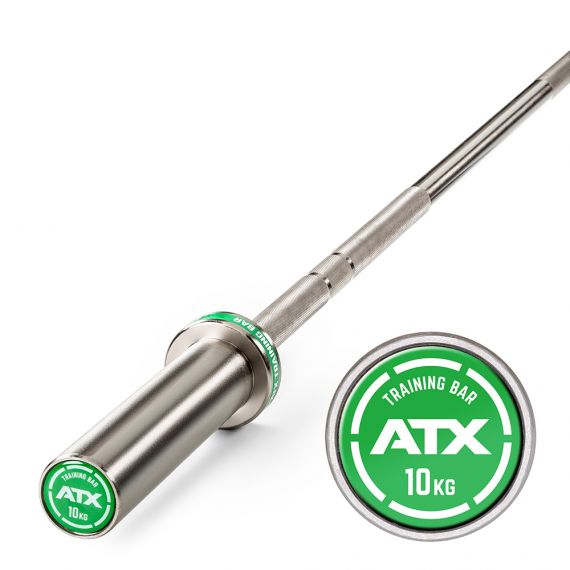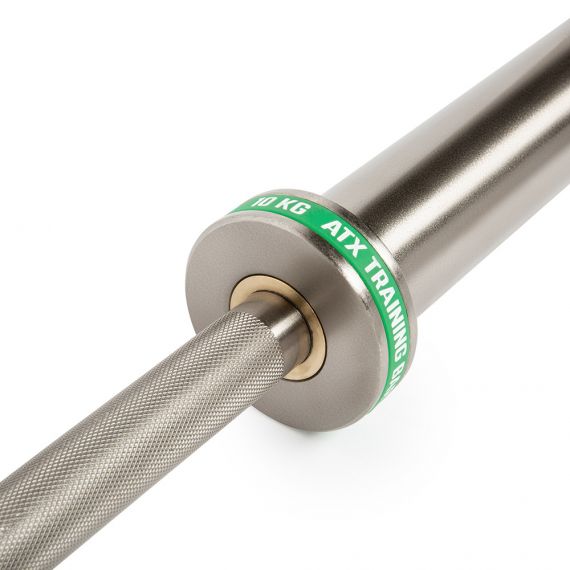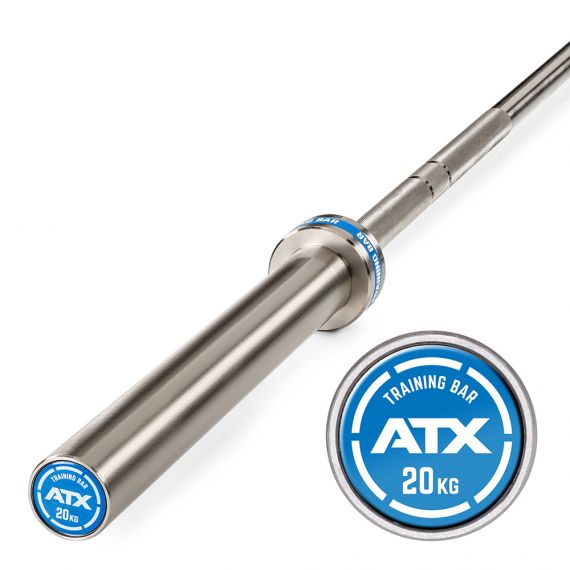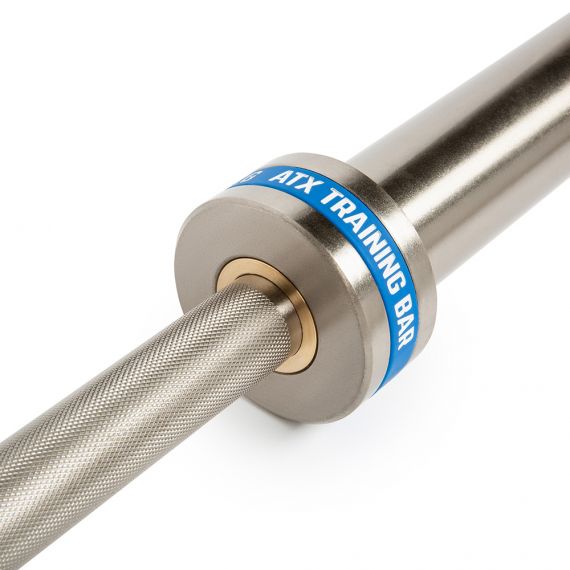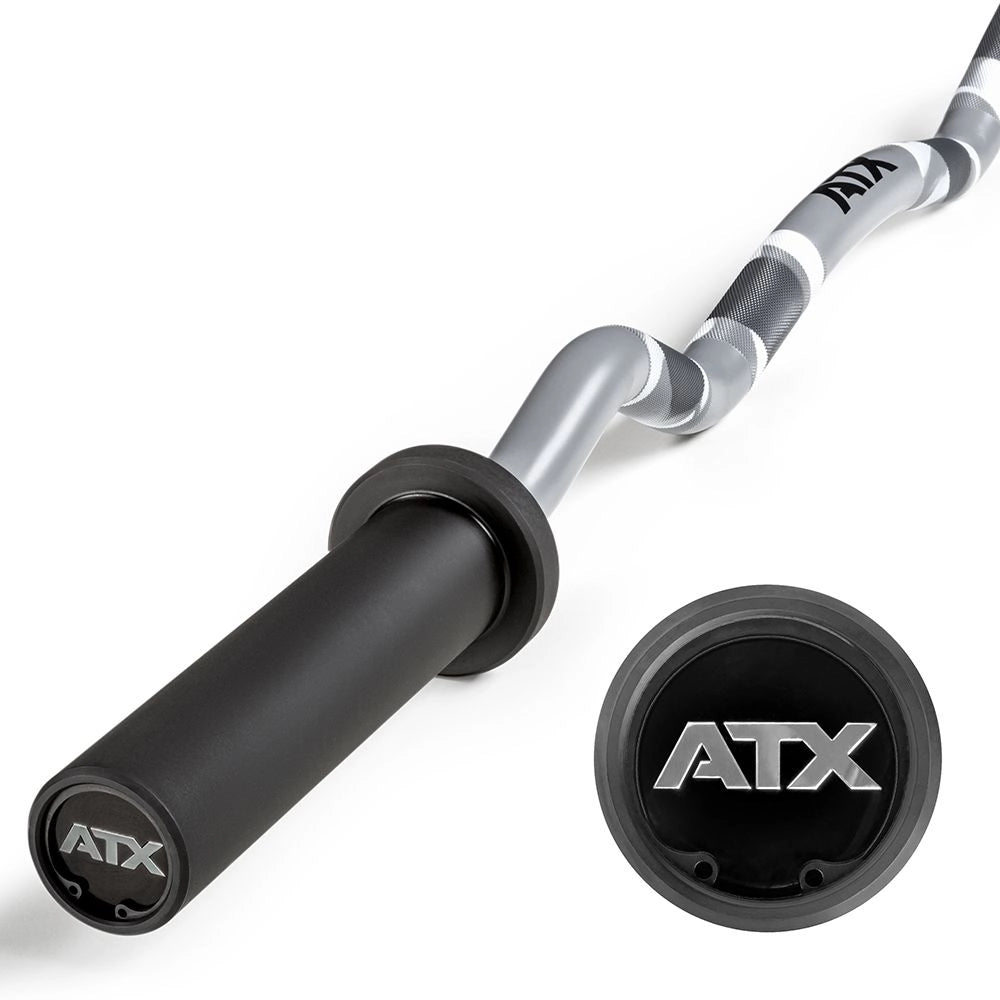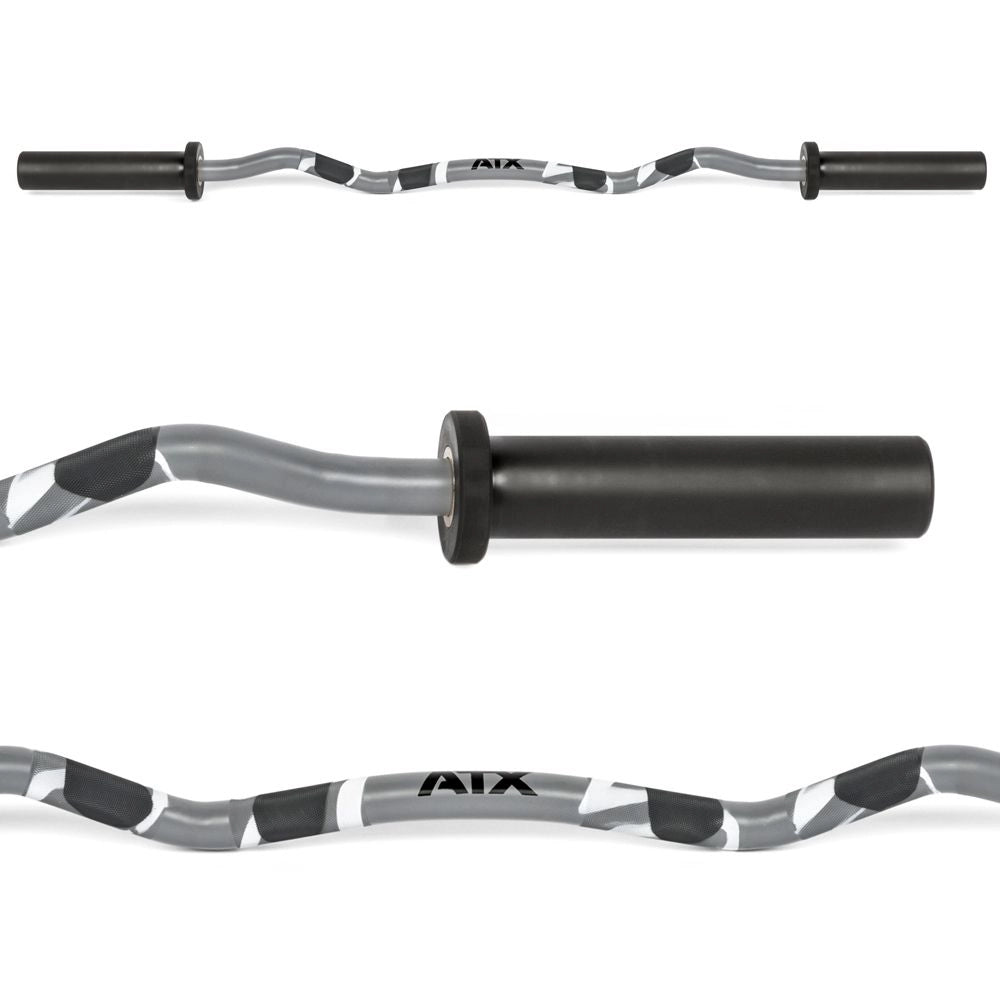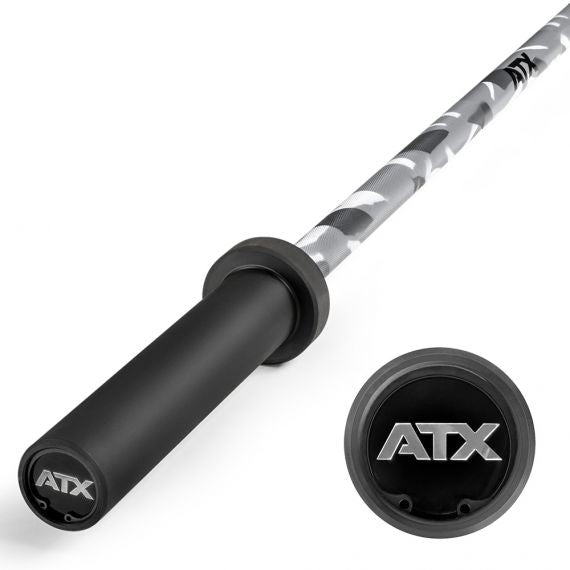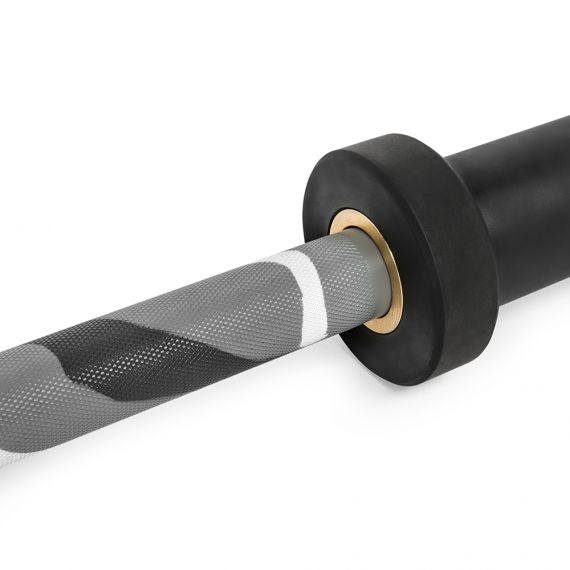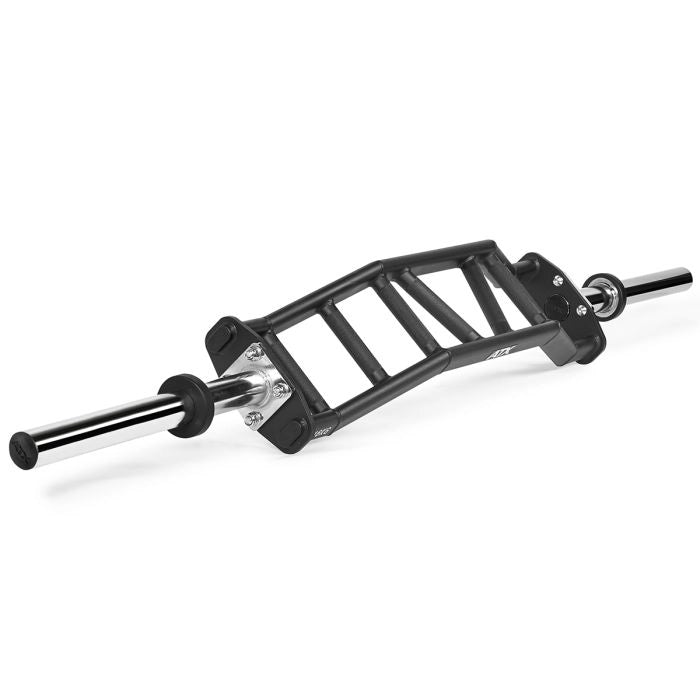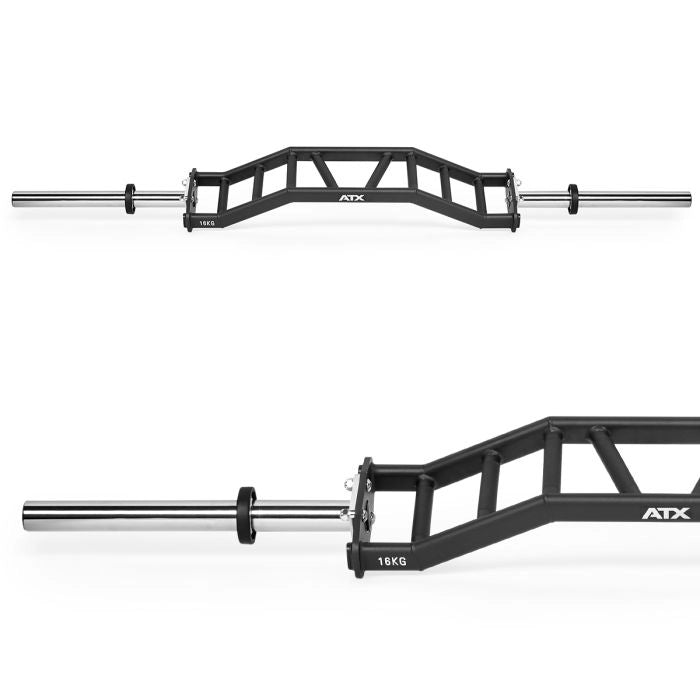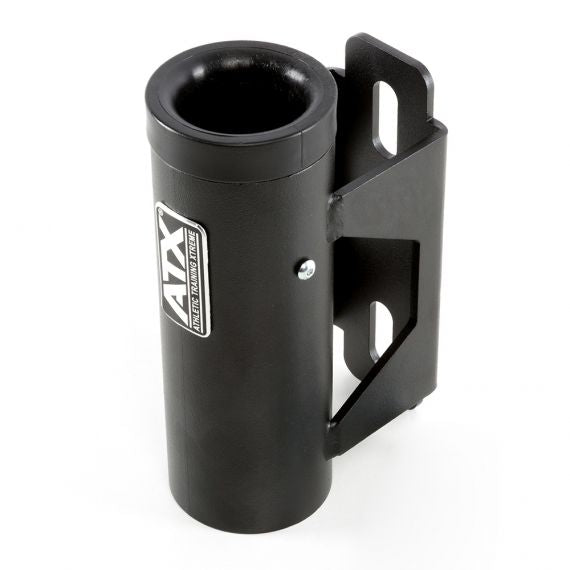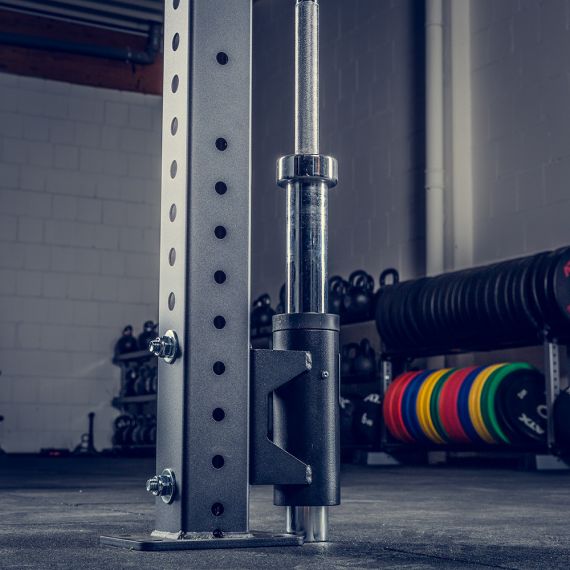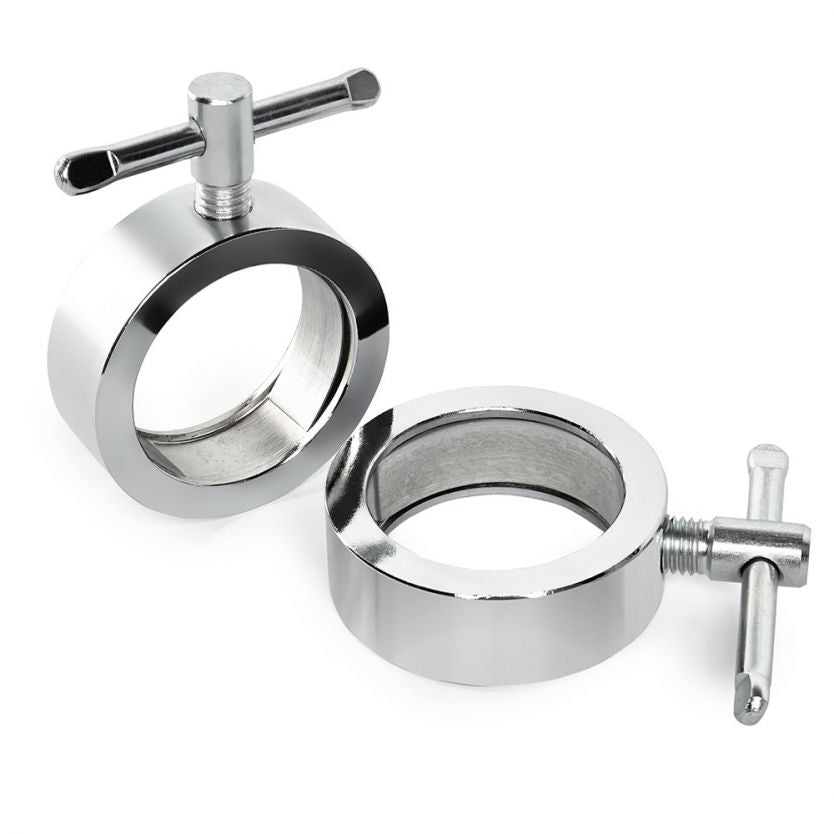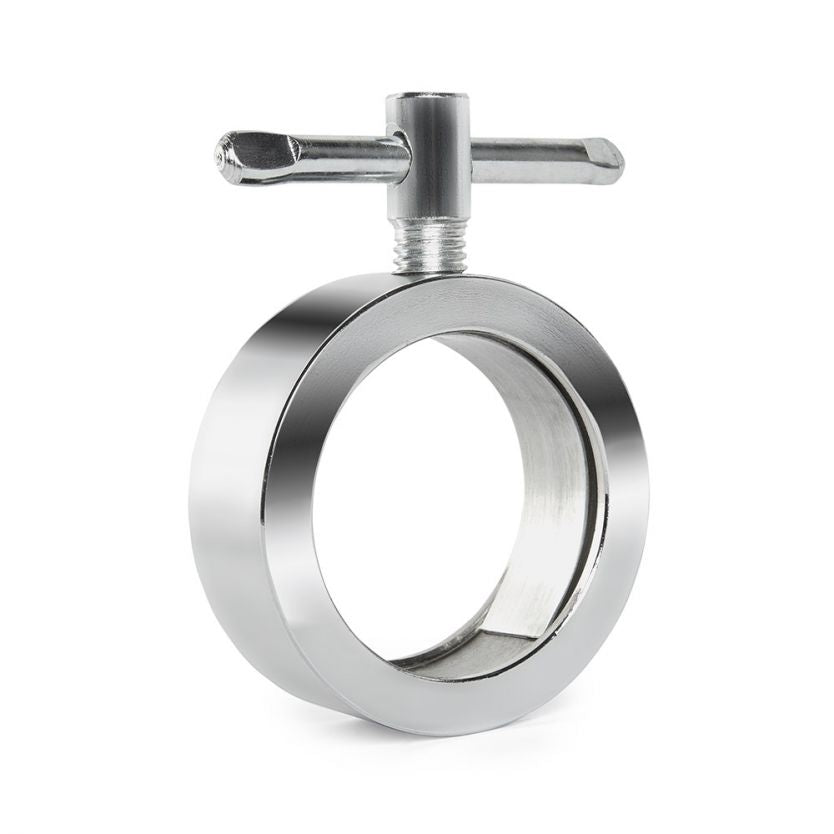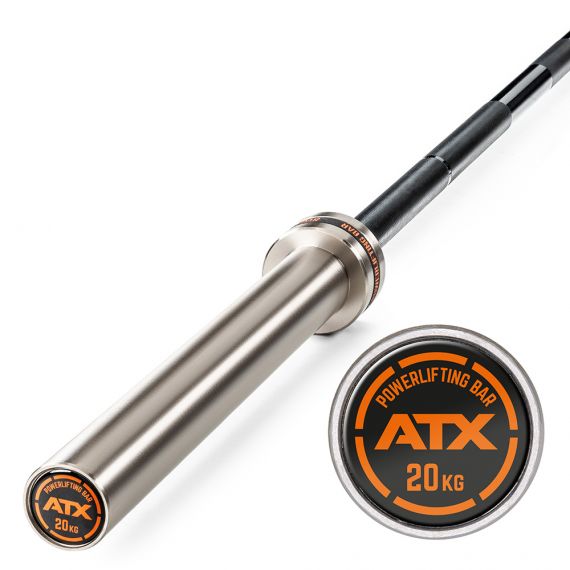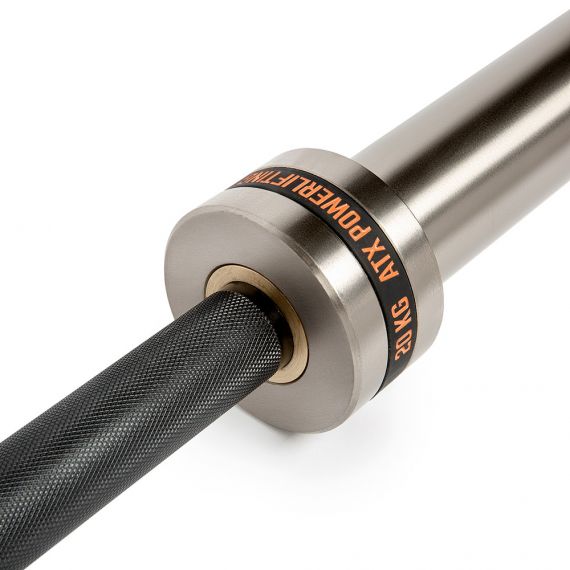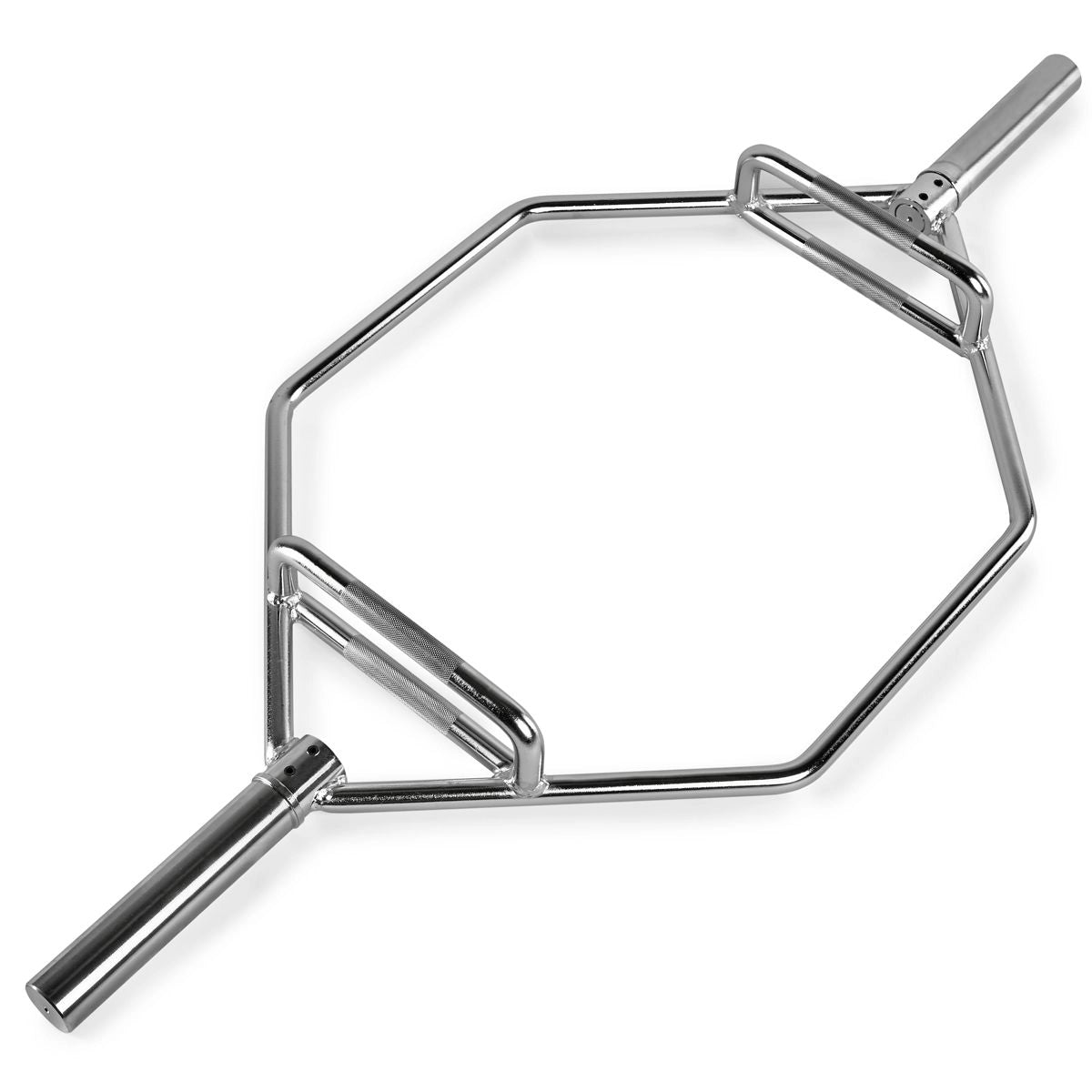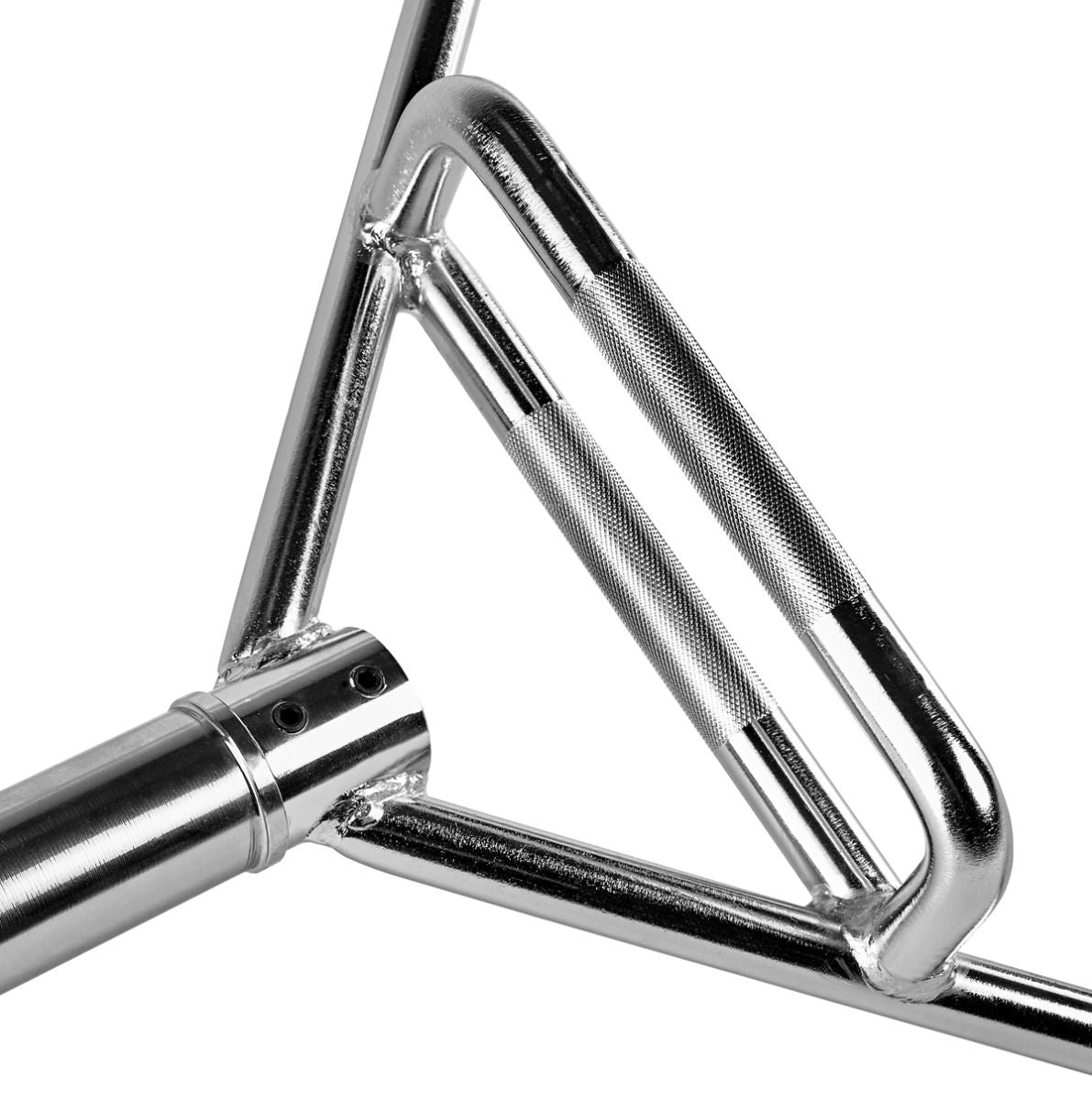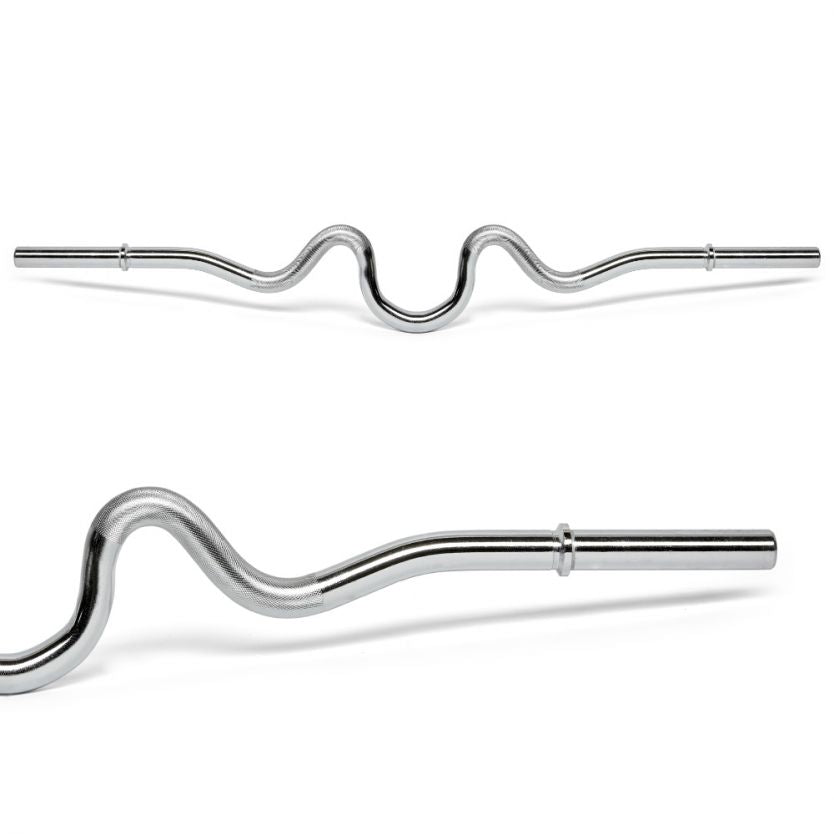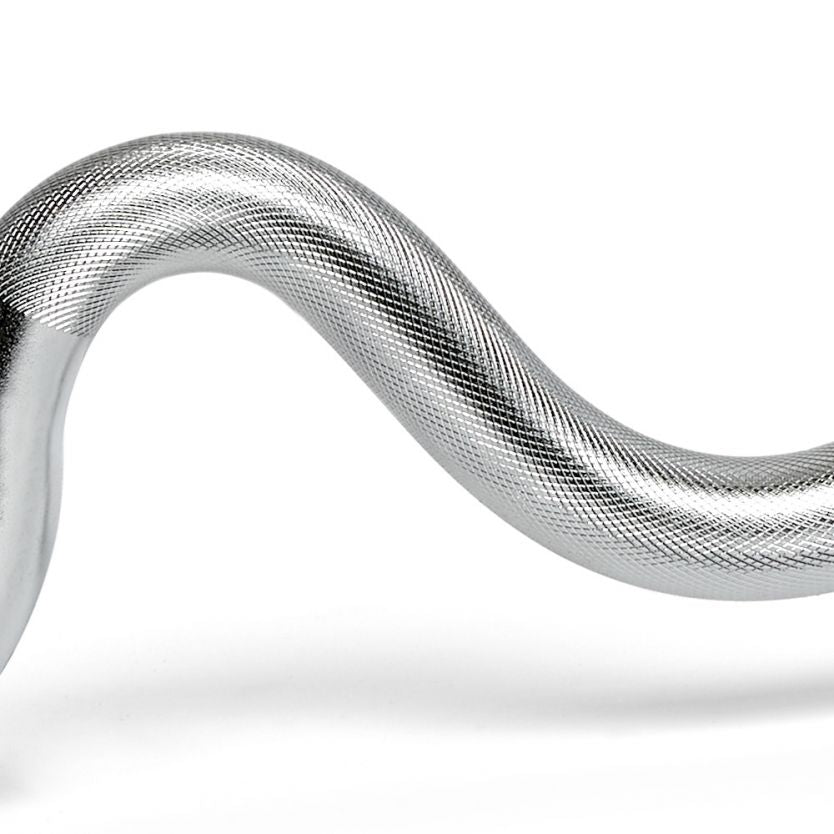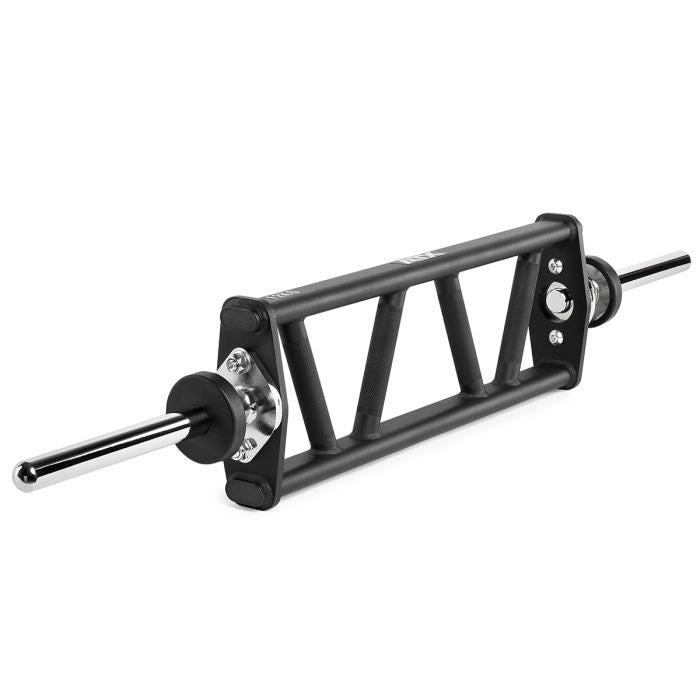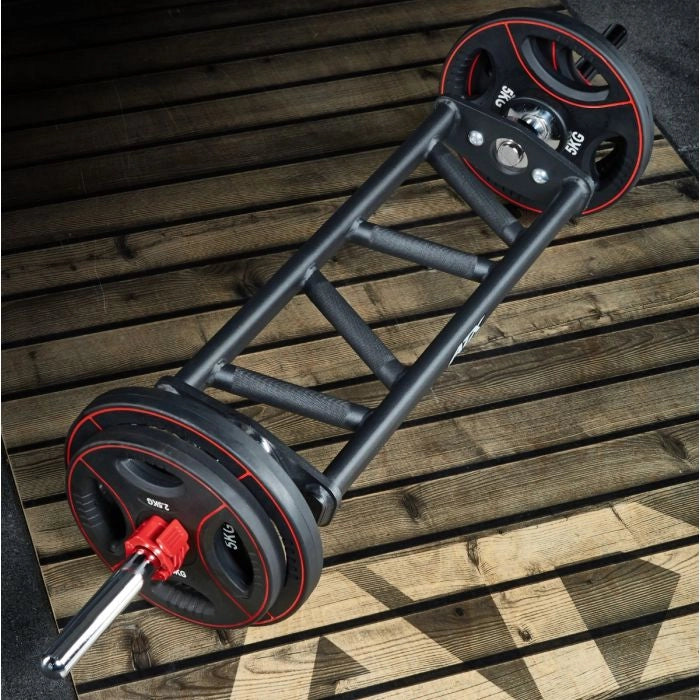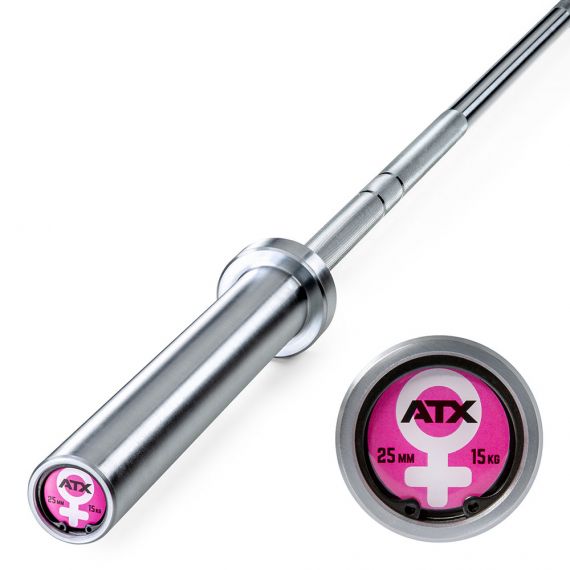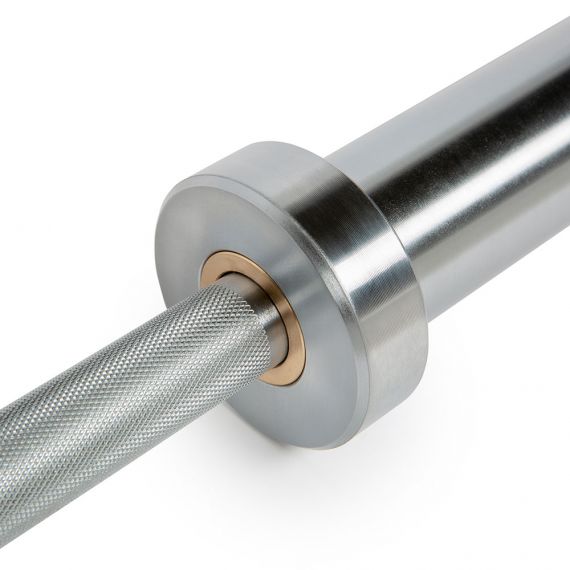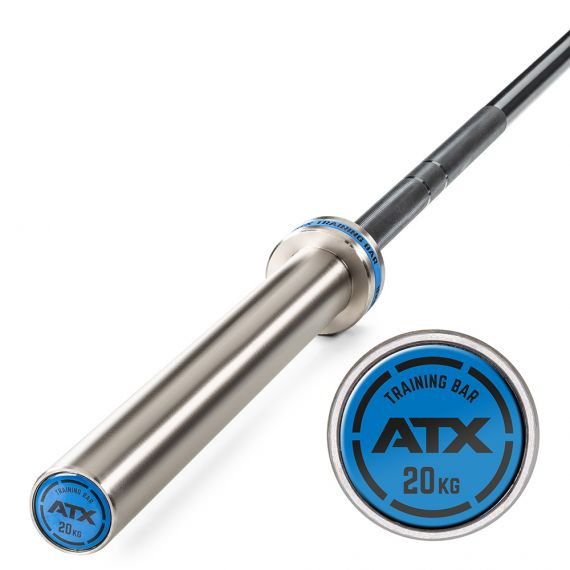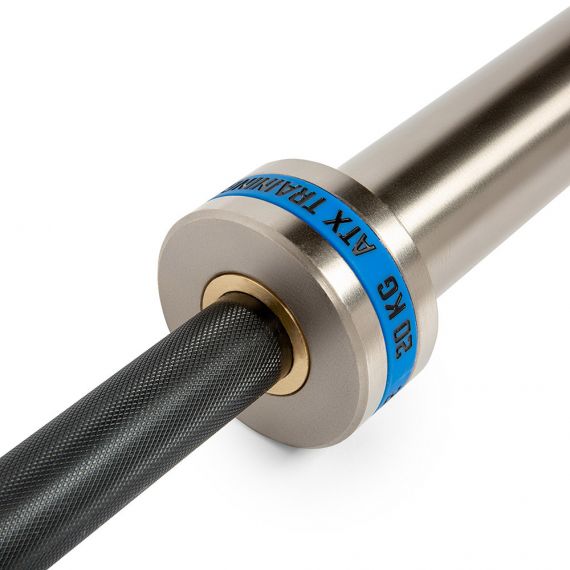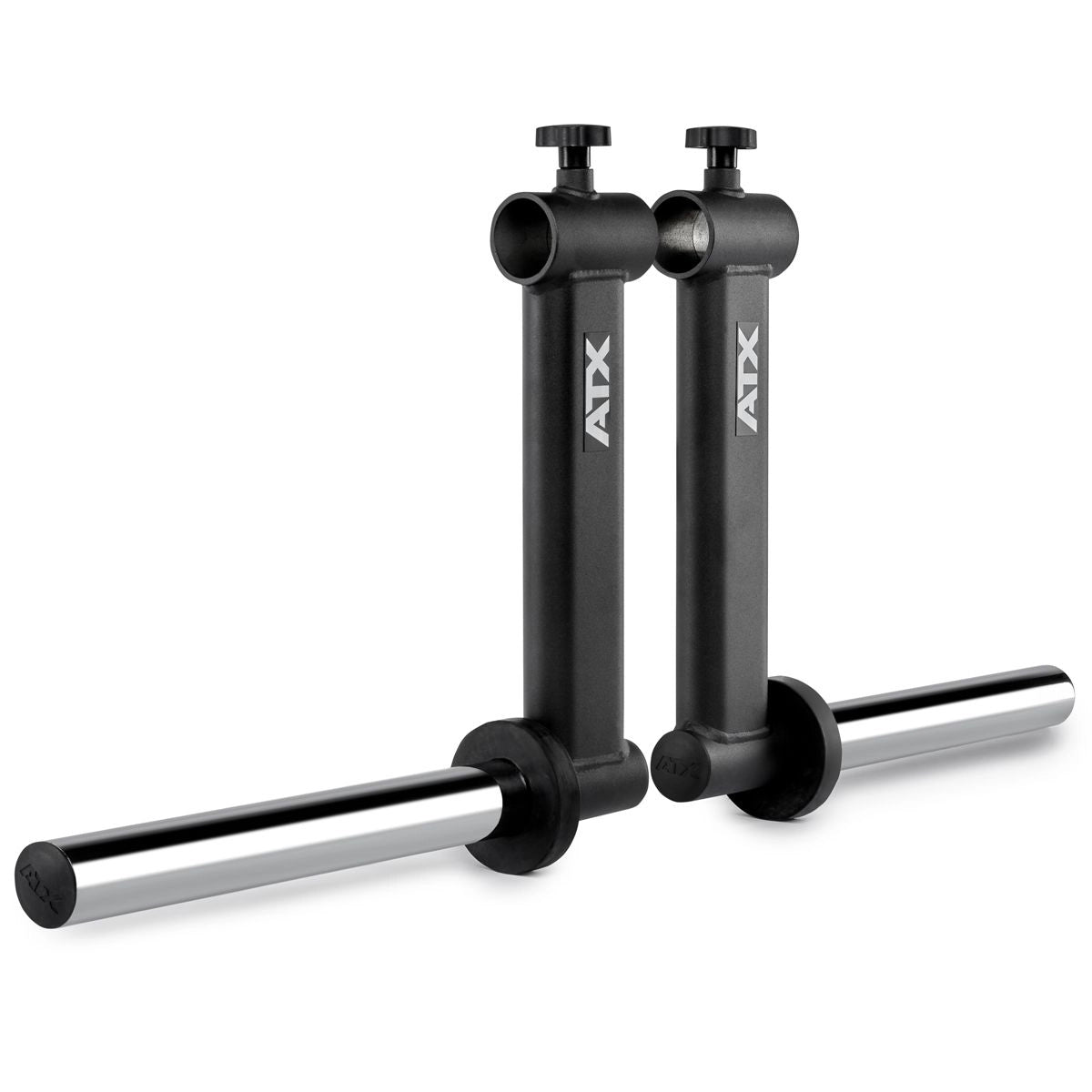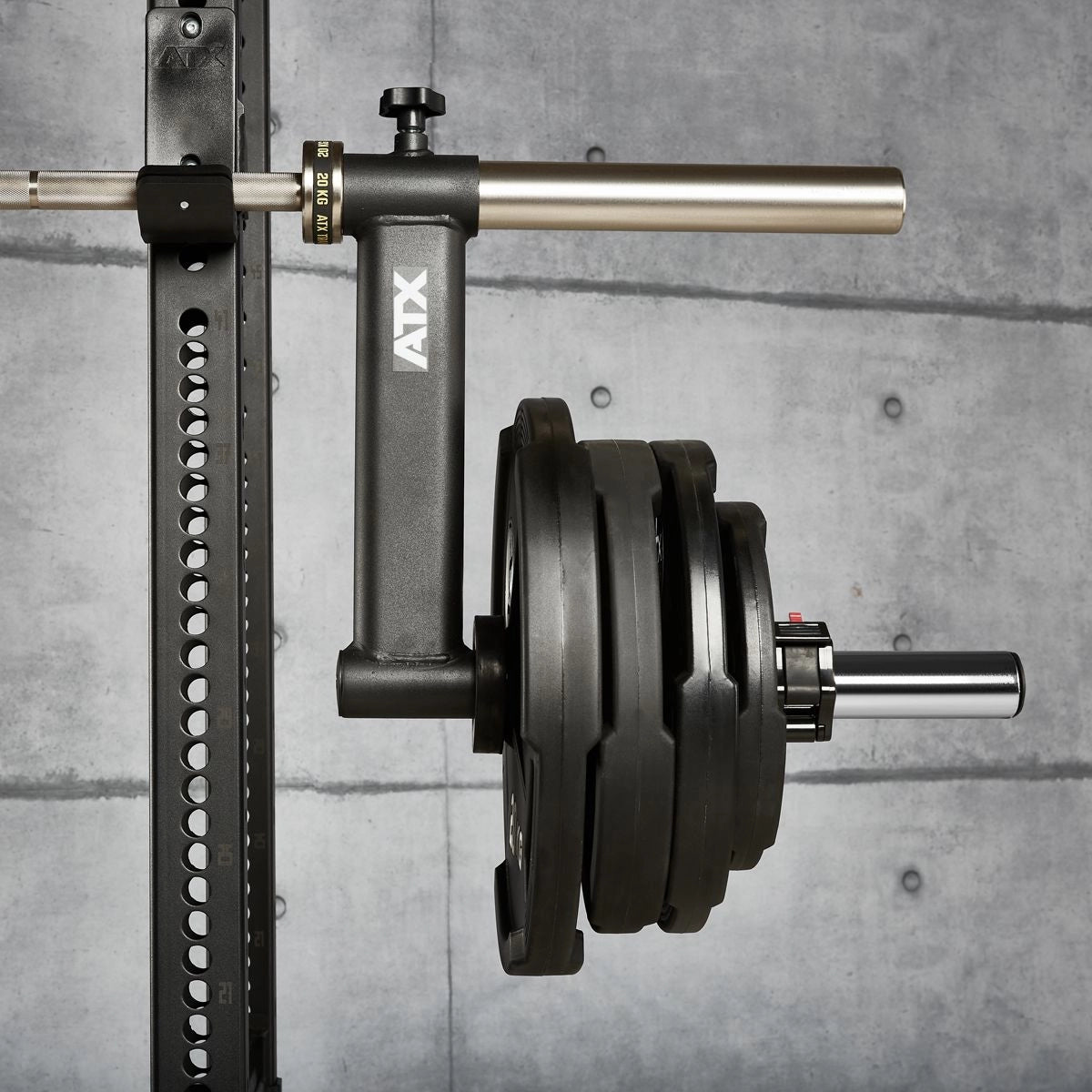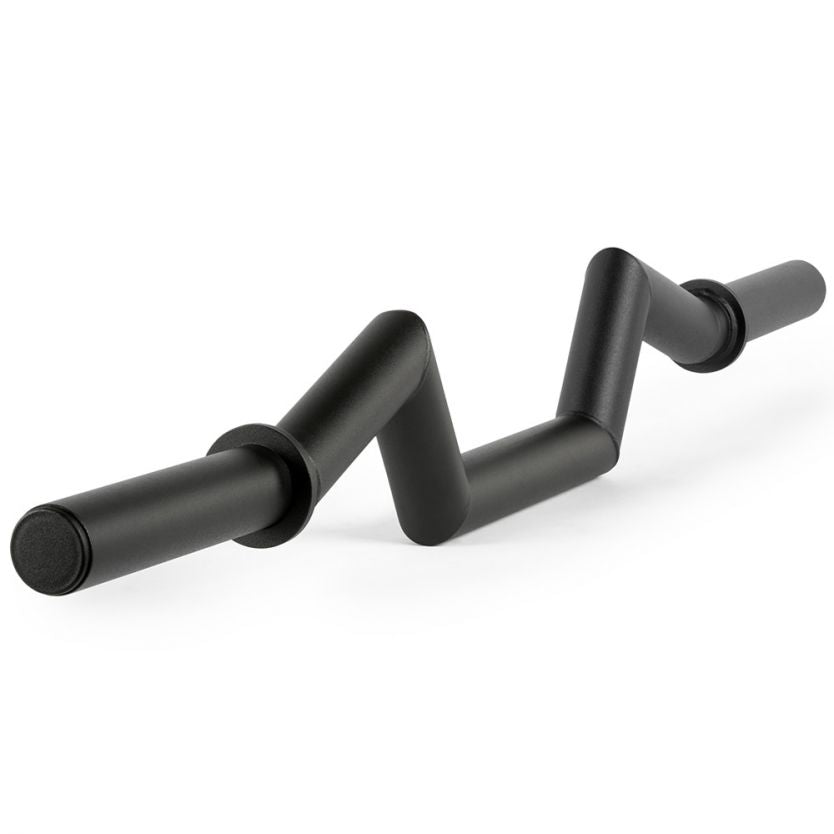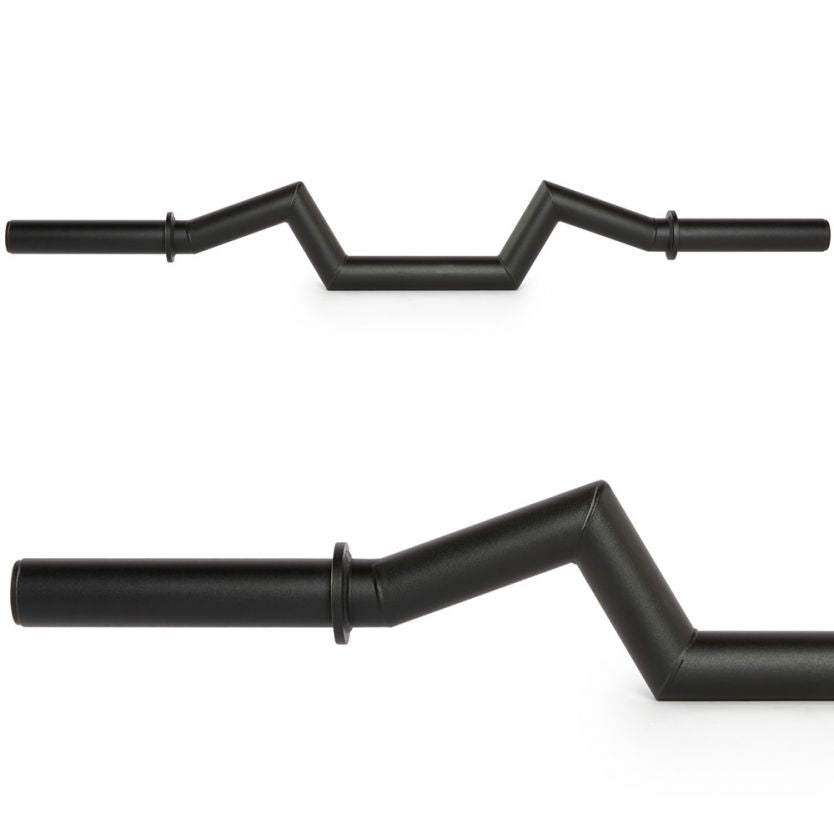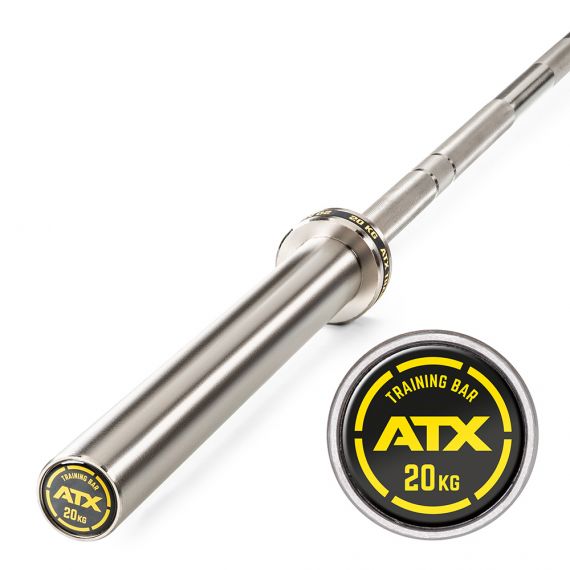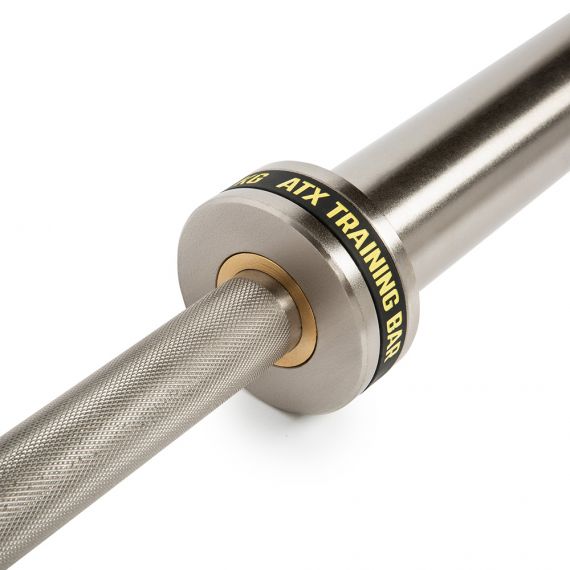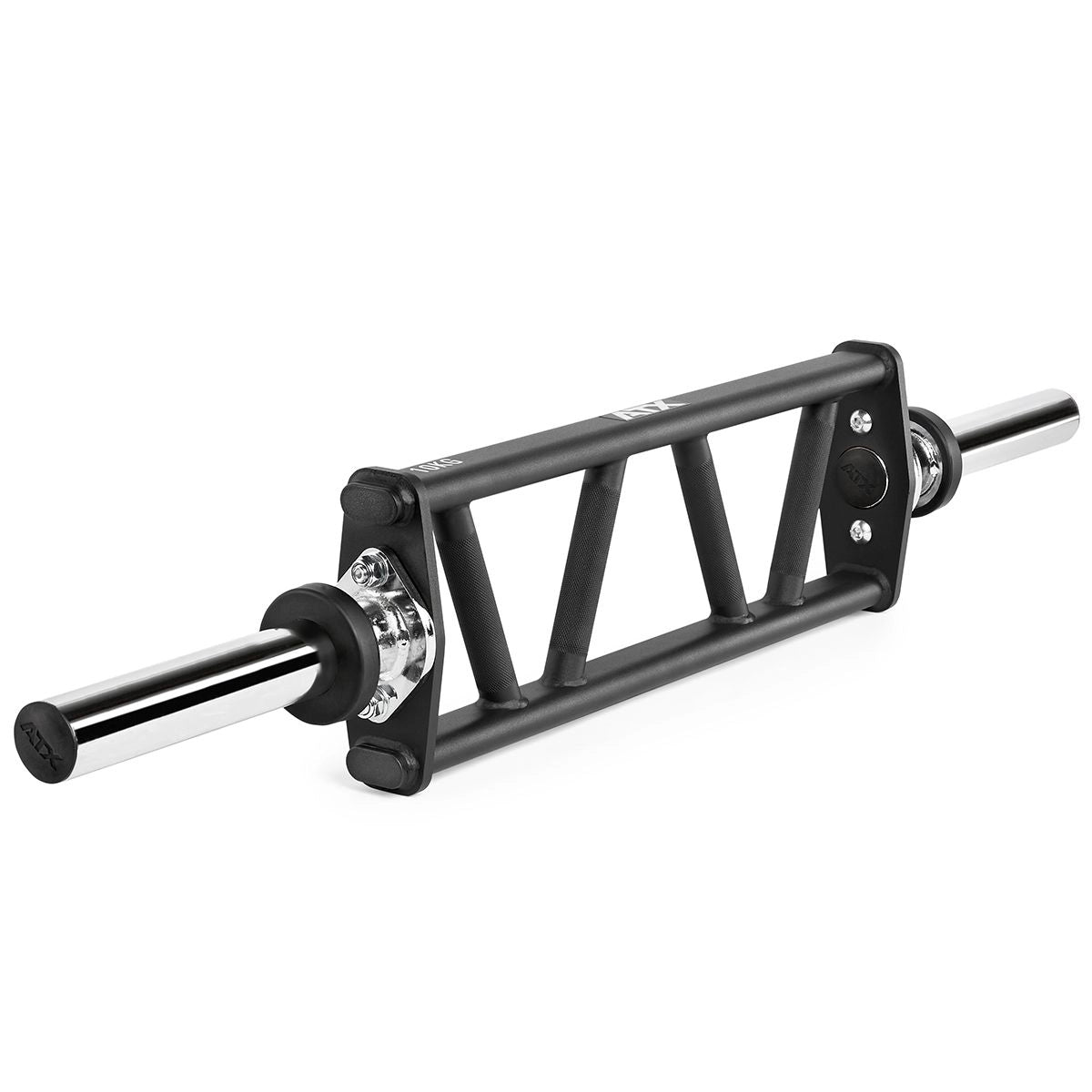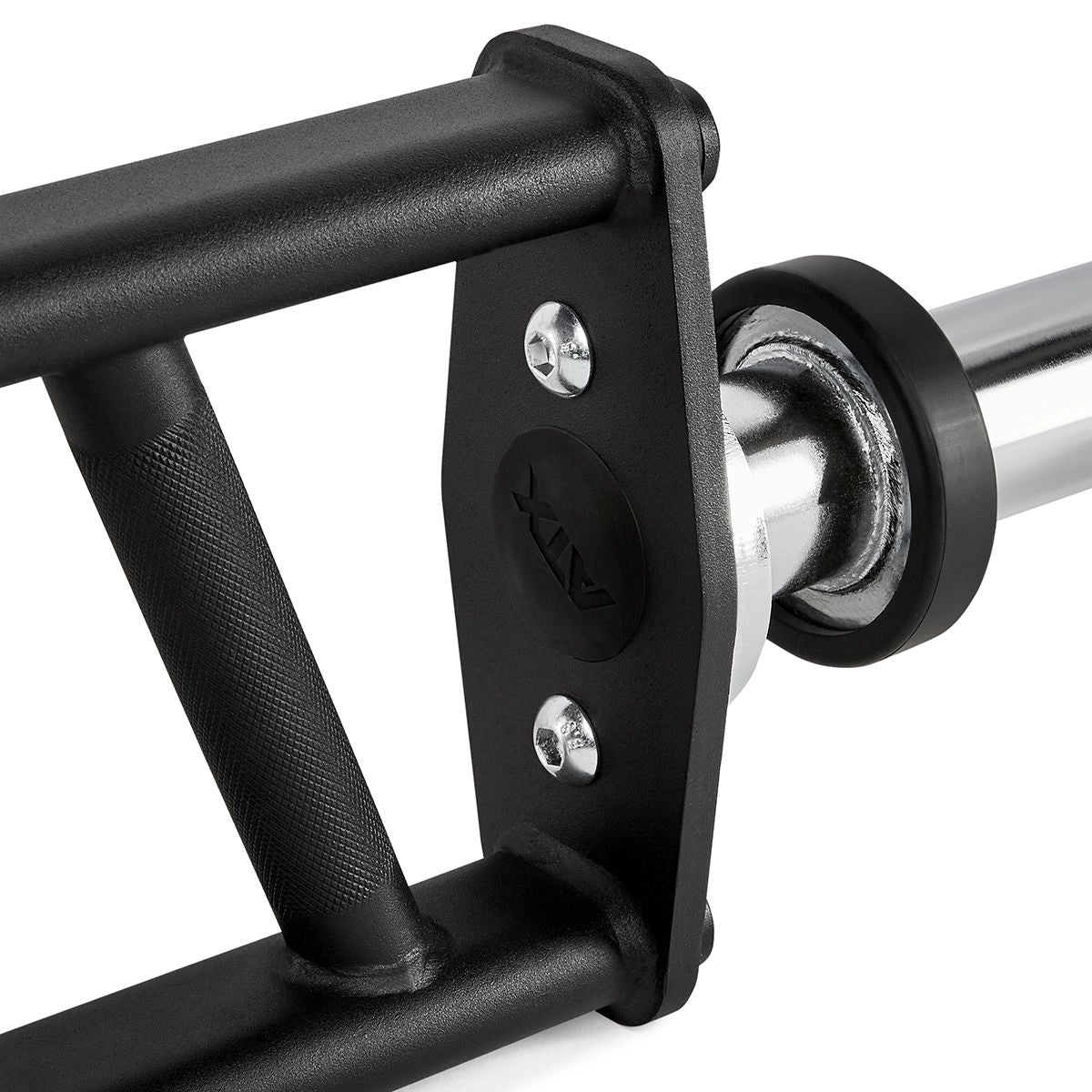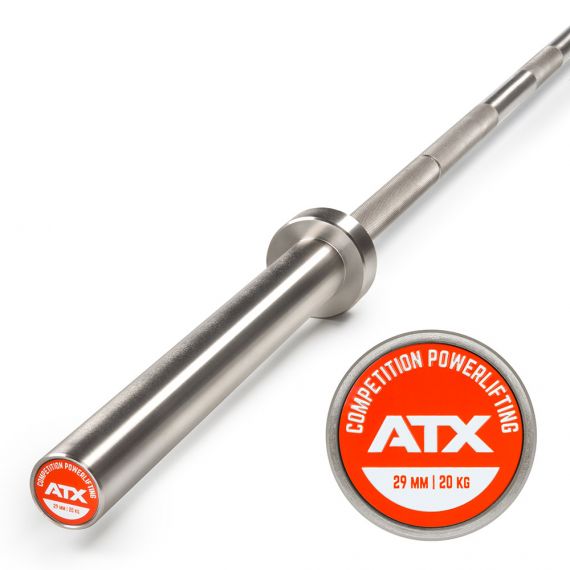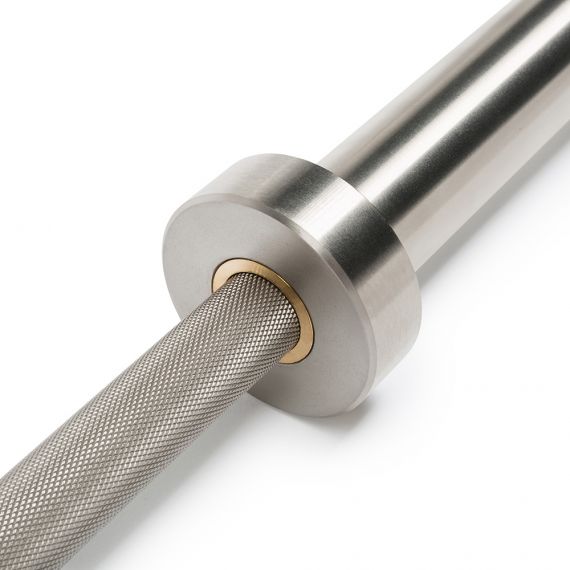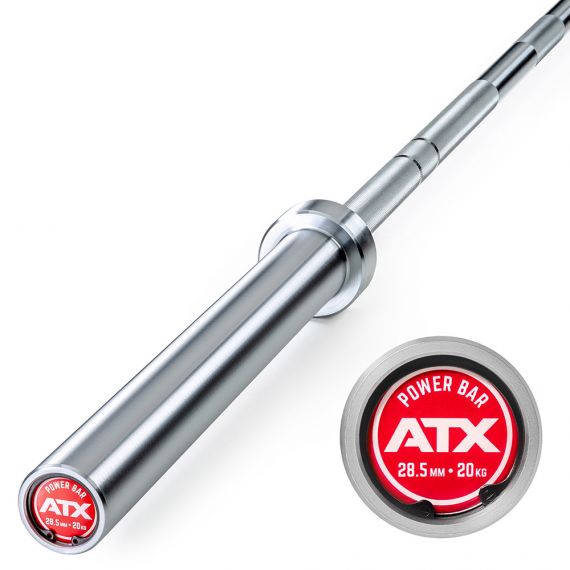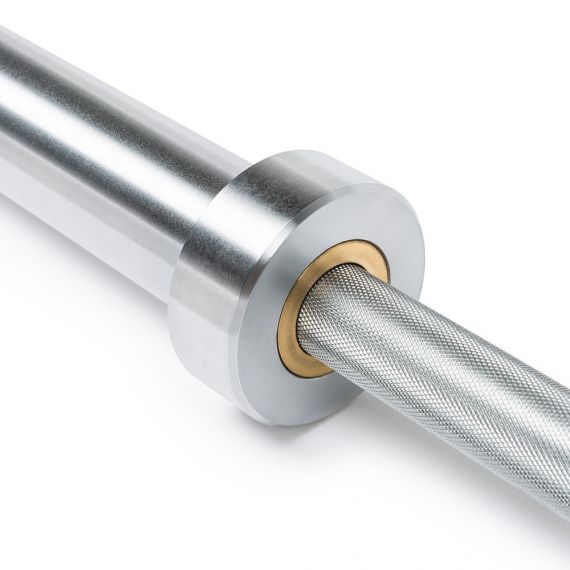Filters
-
ATX® Compression Lock Pro with Safety Lock
Regular price €13,77 -
Hex Bar 30mm chrome-plated special offer
Regular price €117,40 -
ATX® Magnetic Collar Clamp 50 mm - pair
Regular price €20,17 -
Dumbbell lock 30 mm - compression lock
Regular price €9,50 -
ATX® Padded Roll Neck Protection - L
Regular price €21,23 -
Barbell bar 30 mm x 195 cm - smooth mount
Regular price €73,63 -
Padded roll - neck protection - L
Regular price €17,08 -
ATX® barbell care set
Regular price €15,90 -
Barbell bar 30 mm x 180 cm - smooth mount
Regular price €62,97 -
Farmers Walk ATX® Handle
Regular price €84,32 -
ATX® SZ Bar - Curl Bar Pro
Regular price €137,67 -
barbell stand 50mm black
Regular price €73,63 -
Spring closure 30 mm - pair
Regular price €2,13 -
Safety Squat Bar 30 mm
Regular price €265,73 -
ATX® resistance band adapter sockets for barbells
Regular price €18,03 -
Spring closure 50 mm - pair
Regular price €6,30 -
barbell - 50 mm x 185 cm - black
Regular price €122,73 -
Barbell with ball bearing 185 cm - Chrome-plated
Regular price €127,00 -
ATX® Hex Bar 30mm Compact - Open
Regular price €159,02 -
ATX® High Tensile Pro Bar - 30 mm barbell
Regular price €180,37 -
SZ bar 50mm X 120 cm - black
Regular price €76,84 -
Barbell stand for bars with ø 30 mm
Regular price €58,70 -
SZ rod - 30 mm x 120 cm - smooth mount
Regular price €41,62 -
Barbell bar 30 mm x 167 cm - smooth mount
Regular price €52,30 -
Hex Bar black - special price B-stock
Regular price €117,40 -
SZ rod 50 mm x 120 cm - chrome
Regular price €80,05 -
Barbell bar - 50 mm x 152 cm - chrome
Regular price €105,65 -
ATX® Cleansing Care Oil 100 ml - Barbell Oil
Regular price €5,23 -
ATX® Multi Grip Bar - diagonal - 30 mm
Regular price €191,03 -
ATX® Training Bar 10 kg
Regular price €159,02 -
ATX® Training Bar 20 kg - Chrome
Regular price €212,38 -
ATX® Camouflage SZ bar - curl bar
Regular price €144,08 -
ATX® Camouflage Bar 150 cm barbell bar
Regular price €233,72 -
ATX® Camber Bar - Swiss Bar 50 mm
Regular price €244,40 -
ATX® Barbell Stand 50mm - Barbell Stand
Regular price €47,92 -
Compression adjusting ring 50 mm - ATX® Rocket Series – pair
Regular price €13,77 -
ATX® Powerlifting Training Bar
Regular price €223,05 -
Hex Bar Chrome - Special price B-stock
Regular price €117,40 -
Super SZ curl bar - 30 mm x 125 cm - smooth mount
Regular price €41,52 -
ATX® Short Multi Grip Bar - 30mm
Regular price €148,35 -
ATX® Women's Multibar 15 kg - 200 cm
Regular price €244,40 -
ATX® Training Bar 20 kg - Black oxide / chrome
Regular price €212,38 -
ATX® Camber Bar Attachment - 50mm
Regular price €116,33 -
Super SZ Fat Bar 50 mm
Regular price €58,59 -
ATX® Training Bar 20 kg - Chrome - yellow
Regular price €223,05 -
ATX® Short Multi Grip Bar - 50mm
Regular price €148,35 -
ATX® Competition Powerlifting Bar
Regular price €308,43 -
ATX® Power Bar Chrome + 700 kg - Spring Steel
Regular price €276,42
Showing 48 of 86
Load moreOrdering, delivery & care.
Can I get advice before purchasing?
Yes! Our team will be happy to assist you with your product selection – by phone, email, or in person at our showroom. Together, we'll find the right equipment for your training.
How quickly will the delivery take place?
We deliver quickly and reliably. You can find the exact delivery times directly on the respective product page or during checkout. We're happy to help with any questions about availability.
Will my device be delivered pre-assembled?
Many fitness equipment items are delivered partially assembled. Easy-to-follow assembly instructions are included. Many pieces of equipment can be assembled independently; for more complex items, we recommend a second person. If you require assembly service, please contact us.
How do I properly care for my fitness equipment?
Wipe down moving parts regularly, check screw connections for tightness, and ensure storage in a dry environment. For some devices, occasional lubrication is recommended—you can find information on this in the respective manual.
Not sure which product is right for your training goals? No problem! Our experienced team will take the time to talk to you – by phone (08142/448666), email, or visit our showroom. Together, we'll find the optimal solution for your needs.

Barbell bar in 30 and 50 mm - your ultimate choice
Anyone interested in strength training, functional training, or targeted muscle building can't ignore it: the barbell . It's one of the most basic yet versatile training tools in the fitness industry—for both professional studios and ambitious home gyms. At motion sports, we offer a comprehensive selection of high-quality barbells that impress with their quality, functionality, and craftsmanship. In our collection, you'll find classic barbells, ergonomically shapedEZ and super EZ bars , as well as specialty versions like trap bars , fat bars, and dumbbell bars.
To help you choose the ideal barbell for your training, this comprehensive guide offers a thorough overview of the different types of barbells and their specific uses. You'll learn which bar type best suits your training goals, the weight of each model, why barbells, in particular, are a useful addition to your workout, which length is ideal for your needs, and how EZ bars differ from super EZ bars. We also provide a practical overview of the advantages, areas of application, and typical exercises for each barbell type – understandable, structured, and with a focus on your athletic development.
What is a barbell?
A barbell is a rod-shaped piece of training equipment made of high-quality, usually hardened steel and forms the basis for a wide variety of barbell exercises. By attaching weight plates, the training weight can be individually and precisely adjusted – ideal for beginners as well as experienced strength athletes. Combined with appropriate weights, this creates the classic barbell, a central element in functional strength training. Depending on the design of the barbell and the training focus, a wide variety of muscle groups can be effectively targeted – from complex basic exercises like squats or deadlifts to targeted isolation exercises for the arms, shoulders, or back.
A key distinguishing feature of barbells is the diameter of the weight plate holder:
1. 30 mm (standard): often found in home use
2. 50 mm (Olympic): international standard in professional and competitive sports
In addition, barbell bars differ in terms of their length, shape, grip, knurling, flexibility ("whip") and load capacity .
What types of barbells are there?
Choosing the right barbell is crucial for effective, safe, and targeted strength training. Motion Sports offers a wide selection of barbells for every training requirement:
1. Olympic barbell: This bar is a classic in strength training. With a length of 220 cm , a weight of 20 kg , and a 50 mm bar mount, it's ideal for basic exercises like squats, deadlifts, and bench presses. Thanks to its needle bearings and non-slip knurling, it's perfect for use in powerlifting, weightlifting, and CrossFit.
2. 30 mm barbell: This more compact version, with a length of 167 to 200 cm and a 30 mm barbell mount, is designed specifically for home use. It's lighter than the Olympic version and compatible with many home gym weight plates. Ideal for beginners, recreational athletes, and space-conscious users.
3. EZ bar (curl bar): The EZ bar is slightly curved, allowing for an ergonomic hand position during arm training. It relieves strain on the wrists, especially during bicep curls, French presses, or tricep extensions, and ensures a joint-friendly workout. It usually weighs between 6 and 8 kg and is about 120 cm long.
4. Super EZ Bar: A further development of the classic EZ bar with a stronger curve . It offers more grip options and allows for an even more natural hand position. This allows you to more specifically target different muscle groups, especially the biceps and triceps. Ideal for advanced users who want to vary their workouts.
5. Trap Bar (Hex Bar): This hexagonal special bar allows you to stand in the center of the bar. This relieves strain on the lower back during deadlifts and shrugs, making it particularly suitable for beginners, rehabilitation patients, and athletes with back problems. Depending on the model, it weighs between 20 and 30 kg.
6. Fat Bar (Axle Bar): This bar has a larger grip diameter (approximately 50 mm across the entire range), thus promoting grip strength . It is preferred in strongman training and is ideal for heavy curls, rows, or clean and press movements.
7. Dumbbell bar (loadable): Dumbbell bars offer maximum flexibility for one-arm training. They're ideal for isolation exercises like lateral raises, curls, or tricep kickbacks. Thanks to the weight plate holder, you can load them as desired and adjust them to your performance level.
8. Specialty bars: These include the safety squat bar, cambered bar, or Swiss bar. These specialized designs support specific movement sequences or reduce strain on joints and the torso. They are particularly useful in professional athletic training or rehabilitation.
Which barbell is better?
This question can only be answered individually. The "better" barbell is always the one that best suits your training goals and setup . Basically, the following applies:
1. If you want to build strength and train compound exercises like squats, deadlifts, and bench presses, a 50mm Olympic barbell with a 20kg weight is the best choice.
2. For arm training that is gentle on the joints, an SZ or Super SZ bar is more suitable.
3. If you want to do functional training or CrossFit, look for springy bars with good whip and durable bearings.
4. In a home gym with limited space , compact barbells or 30 mm models are ideal.
5. For special training requirements such as more ergonomic deadlifts, a trap bar is more suitable.
How many kilos does a barbell weigh?
The weights of the barbells are standardized or manufacturer-specific:
I. Men's Olympic barbell: 20 kg
II. Women's Olympic barbell: 15 kg
III. Technique bars: 5 to 15 kg (especially suitable for beginners)
IV. SZ bar: approx. 6 to 8 kg
V. Super SZ bar: up to 10 kg
VI. Trap bar: approx. 15 to 25 kg
VII. Dumbbell bars: 2 to 5 kg
The weight of the bar must always be added to the total weight of the movement. In professional sports, it is essential to work with precisely known weights to measure training and progress.
Does a barbell make sense?
The barbell is one of the most effective and versatile training tools in strength training. Its purchase is recommended for almost anyone with training ambitions – whether for targeted muscle building, increasing maximum strength, or for functional full-body training.
Why a barbell is worth it:
1. Full-body workout through complex movements: Barbells allow for the training of multi-joint basic exercises such as squats, deadlifts, or bench presses, which activate multiple muscle groups simultaneously. This ensures a high training stimulus .
2. Finely adjustable progression: By precisely increasing the weight in small increments, training progress can be optimally controlled – a decisive advantage for long-term performance improvement.
3. Indispensable in various disciplines: Whether in powerlifting, Olympic weightlifting or bodybuilding – the barbell is the central training tool and the basis for many competitive disciplines.
4. Robust, durable, universally applicable: High-quality barbells are designed to withstand extreme loads, are versatile, and are just as suitable for use in the home gym as in the professional studio.
5. Even with just a few exercises—such as squats, deadlifts, bench presses, and shoulder presses—the barbell can effectively train the entire body. It is therefore an essential component of any strength-oriented training program.
How long should a barbell be?
The optimal length of a barbell depends largely on the intended use, the training location, and the physical condition of the person training. Commercially available barbells generally range in length from approximately 120 cm to 220 cm , with the standard barbell in professional gyms typically measuring 220 cm – the official competition length for Olympic weightlifting and powerlifting.
1. Barbells with a length of 220 cm (Olympic barbell)
These barbells are designed for a maximum load weight, have standardized dimensions (specifically, a grip diameter of 28 mm for men and 25 mm for women in competitive sports), and are designed for exercises such as squats, deadlifts, bench presses, and cleans. Due to their long length and high-quality materials, these bars possess a certain degree of flexibility—also called "whip"—which is particularly advantageous in Olympic weightlifting.
2. Barbells with a length of approximately 180 cm
Barbell bars with a length of around 180 cm are considered versatile all-rounders and are often used in home gyms. They offer a good balance between handling, load-bearing capacity, and space-saving. They often have a handle diameter of 30 mm and, depending on the model, can accommodate weights up to about 200 kg. These bars are ideal for basic exercises , especially if you're working in a compact training area.
3. Shorter barbells: 120–160 cm
For smaller home gyms or specific training goals – such as: For more demanding exercises, such as arm or shoulder exercises , shorter barbells in the 120 to 160 cm range are also suitable. These are significantly lighter and more compact, but often offer little or no compatibility with professional barbell stands or rack systems . Furthermore, the grip width is limited, making them less suitable for heavy training like squats or bench presses . Nevertheless, these versions can be a sensible choice for beginners, youth training, or space-saving home workouts.
4. Compatibility with dumbbell racks and racks
Another crucial factor in choosing a barbell length is compatibility with racks, benches, and weight benches . The inside diameter of the grip often needs to be larger than 121 cm to ensure the bars can be securely inserted into the J-hooks. For professional squat racks and power racks, the use of bars under 180 cm is often not possible or recommended.
What is the difference between SZ bar and Super SZ bar?
The differences between these two curl bars lie in the curvature and thus in the movement sequence:
EZ bar : Slightly curved shape, ideal for bicep curls, tricep extensions, and reverse curls. Reduces strain on the wrists compared to a straight barbell. Ideal for beginners and advanced users.
Super EZ Bar : Significantly more curved , allowing for an even more natural hand position. It offers more grip positions, more variable muscle loading, and less joint stress. Perfect for targeted and varied arm training. Those working intensively on arm building will benefit from the Super EZ Bar with its additional grip options.
Possible uses of the barbell in strength training
The barbell is one of the most versatile training tools in strength training and forms the core of many basic and isolation exercises. Due to its shape and the ability to individually adjust the weight with weight plates, almost every major muscle group can be effectively trained with a barbell. Whether upper body, lower body, or core – the range of applications is enormously broad. The most well-known and effective barbell exercises include:
I. Squats – for legs, buttocks and torso
II. Deadlifts – for back, hamstrings and core
III. Bench Press – for chest, triceps and front shoulders
IV: Bent-Over Rows – for the upper back and biceps
V. Overhead Press – for shoulders and triceps
VI. Barbell curls – for targeted strengthening of the biceps
A key advantage of barbells over dumbbells is their one-piece construction: For many exercises, a single barbell is sufficient, whereas dumbbells must always be used in pairs. This allows for a particularly compact workout with comparatively little equipment.
However, caution is advised, especially for beginners. Due to the length and leverage of a barbell, training requires good body tension and coordination . Therefore, it is recommended to start with a light weight to develop a feel for the movement and balance. As experience grows, the load can then be gradually increased – always focusing on clean technique and controlled execution .
Cleaning and caring for a barbell
Intense strength training not only leaves its mark on the body, but also on the equipment. Barbell bars, in particular, are exposed to particular stress due to regular use and contact with sweat, magnesium (grip powder), and skin oil. Without regular cleaning, this can lead to corrosion, loss of function, or even premature wear.
To maximize the lifespan of your barbell and maintain its grip and functionality over time, regular maintenance is recommended. With appropriate cleaning brushes, high-quality microfiber cloths, and special care oils, even fine knurling can be effectively cleaned and protected ( care set ). This keeps the material supple and durable – even under intensive use.
Find your perfect barbell in 30 & 50 mm at motion sports - shop now.

